Last updated on February 18, 2024
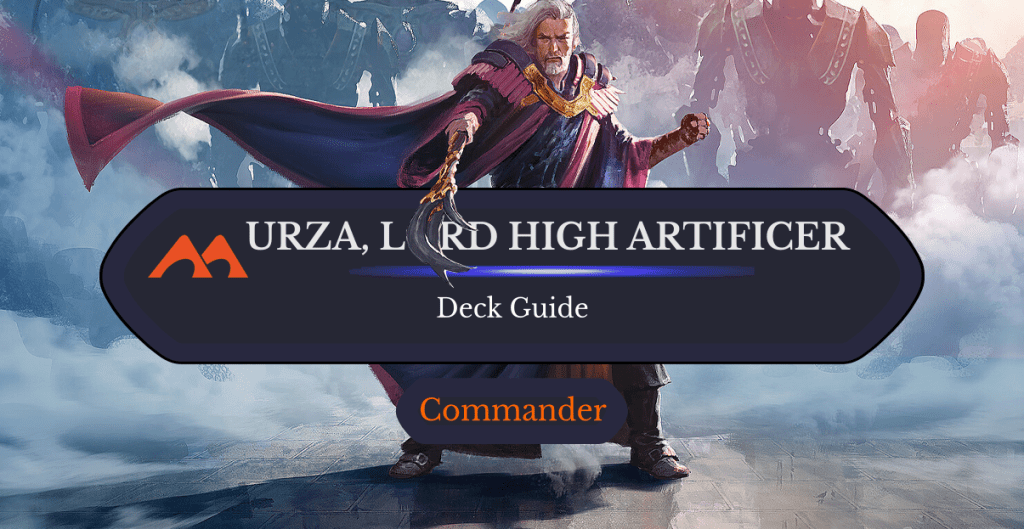
Urza, Lord High Artificer | Illustration by Grzegorz Rutkowski
Urza, Lord High Artificer has been the most played mono-blue commander and one of the most popular commanders overall from its release until just recently. It provides unparalleled mana advantage in blue, is a perfect infinite mana outlet in the command zone, and even provides great protection in its Construct.
There are a few unique ways to play with Urza, Lord High Artificer, but I believe this card is best used in a max power cEDH deck that focuses on deploying its commander early, and winning on turns 3 or 4 on average. This deck has just about every Rule 0 violation in the book and it’s better for it.
I’ll go over the deck overall, the specific benefits of running Urza, how to combo off, and what your options are when times get tough. Let’s get started!
The Deck

Brainstorm | Illustration by Willian Murai
Commander (1)
Planeswalkers (2)
Narset, Parter of Veils
Tezzeret the Seeker
Creature (1)
Instants (22)
Brainstorm
Counterspell
Cyclonic Rift
Dig Through Time
Dramatic Reversal
Fierce Guardianship
Flusterstorm
Force of Negation
Force of Will
Intuition
Mana Drain
March of Swirling Mist
Mental Misstep
Miscast
Muddle the Mixture
Mystical Tutor
Narset's Reversal
Pact of Negation
Resculpt
Swan Song
Whir of Invention
Winds of Rebuke
Sorceries (12)
Fabricate
Gitaxian Probe
Merchant Scroll
Personal Tutor
Polymorph
Ponder
Preordain
Recurring Insight
Solve the Equation
Timetwister
Transmute Artifact
Windfall
Enchantments (6)
Back to Basics
Copy Artifact
Counterbalance
Mystic Remora
Power Artifact
Rhystic Study
Artifacts (26)
Aether Spellbomb
Arcum's Astrolabe
Chrome Mox
Everflowing Chalice
Eye of Vecna
Grim Monolith
Isochron Scepter
Jeweled Amulet
Jeweled Lotus
Lotus Petal
Mana Crypt
Mana Vault
Mishra's Bauble
Mox Diamond
Mox Opal
Pithing Needle
Proteus Staff
Sapphire Medallion
Sensei's Divining Top
Sol Ring
Static Orb
Tormod's Crypt
Torpor Orb
Trinisphere
Urza's Bauble
Winter Orb
Lands (30)
Ancient Tomb
Cephalid Coliseum
Emergence Zone
Flooded Strand
Gemstone Caverns
Inventors' Fair
Misty Rainforest
Mystic Sanctuary
Otawara, Soaring City
Polluted Delta
Prismatic Vista
Scalding Tarn
Snow-Covered Island x15
The Tabernacle at Pendrell Vale
Urza's Saga
War Room
This is primarily a Polymorph deck that wants to tutor out Hullbreaker Horror to form an infinite mana and bounce loop. It works on the premise that you’ll have two mana-positive mana rocks in play. This can be assembled with Urza, Lord High Artificer and two artifacts that cost , or something like Sol Ring and a functioning Mox Opal.
Once infinite mana is generated you can use Urza to flip your deck and gain access to all of your cards, eventually winning the game through something like Timetwister and Codex Shredder. There are some other niche win conditions, like Narset, Parter of Veils and a wheel or creating infinite 2/2 Swan tokens, but I’ll cover that later on.
It's important to note that while this isn’t a full-blown stax list, a lot of critical stax pieces like Trinisphere and Winter Orb just don’t affect you. These cards were given errata text that enforce their effect only if they’re untapped. This means you can dodge the Trinisphere tax when necessary and untap all your lands through Winter Orb by tapping it with Urza, Lord High Artificer on the end step before your turn.
The Commander
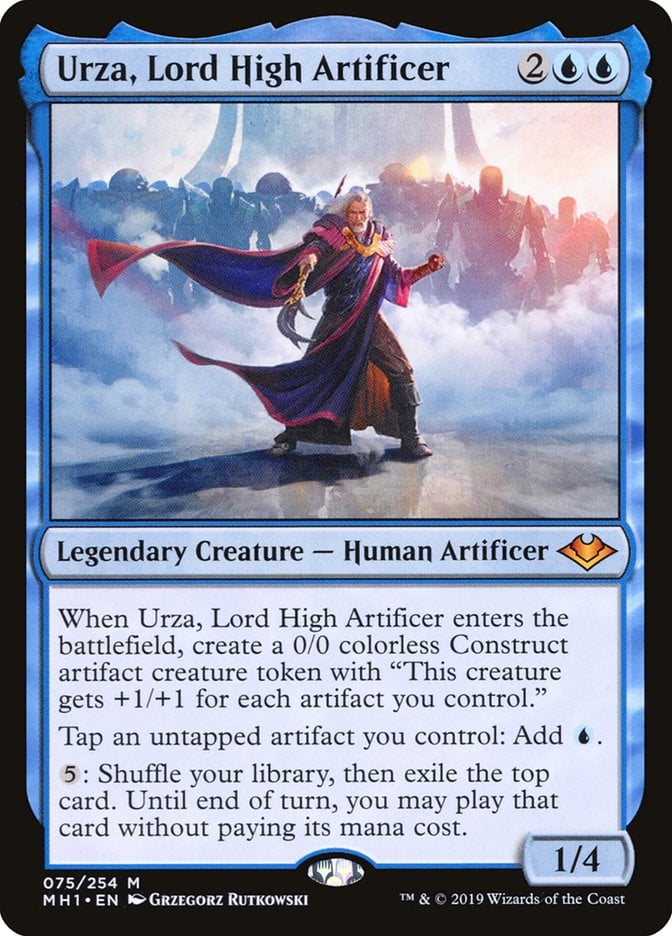
Urza, Lord High Artificer is truly the heart of this deck. Without Urza your life becomes significantly harder in just about every regard. The deck runs one creature, Hullbreaker Horror, which means you’re reliant on Urza's Saga and Urza itself to produce construct tokens for you to target with Polymorph. So while you can still win through a few different lines without Urza in play, it becomes significantly more difficult and convoluted.
The ability to tap your artifacts for is what makes Urza, Lord High Artificer so strong. It’s an activated ability of Urza itself, not the artifact, which helps get around Null Rod and Collector Ouphe situations.
Urza, Lord High Artificer’s activated ability is an equally important ability. It’s where your infinite mana outlets pour into since it effectively draws your entire deck at instant speed, allowing for you to win on the spot.
But it’s not too good as a single-use ability since most of your deck is instants and sorceries that are reactive in nature. So don’t just go activating this for unless you’re already hellbent and your opponent put a combo piece on the stack.
Cheerios
“Cheerios” are what all of these 0-cost artifacts are commonly referred to. These are truly the bread and butter of the deck, and something that are necessary to be included in a starting hand to have a reasonable start to any game. What’s great about these types of artifacts is that, while they generally have some use outside of mana or make mana already, they’re mana-positive spells that come online through Urza, Lord High Artificer.
You don’t even need to worry about triggering affinity for Mox Opal or paying for Everflowing Chalice’s kicker to get that sweet, sweet mana. Cheap utility artifacts like Jeweled Amulet and Mishra's Bauble come online as pseudo-Mox Sapphires, which is incredible value your Llanowar Elves-playing opponent will be envious of.
But one mistake newer pilots of the deck make is keeping a hand with some cheap artifacts but no ramp. This deck is only as good as the speed in which it deploys its most effective card, Urza, Lord High Artificer. A hand with Pithing Needle, Aether Spellbomb, and Tormod's Crypt, while full of cheap artifacts to ramp out later, has no way to get its commander out ahead of the curve. Don’t do that. This deck isn’t afraid to take a second mulligan, but I’ll cover that more extensively below.
Tutors
While this deck is mono-blue and doesn’t have access to more non-specific and hyper-efficient tutors like Vampiric Tutor, don’t count it out just yet. Blue offers some reasonably strong tutors for instants and sorceries, and you’ll take any tutor you can get as a one-card-combo deck with Polymorph.
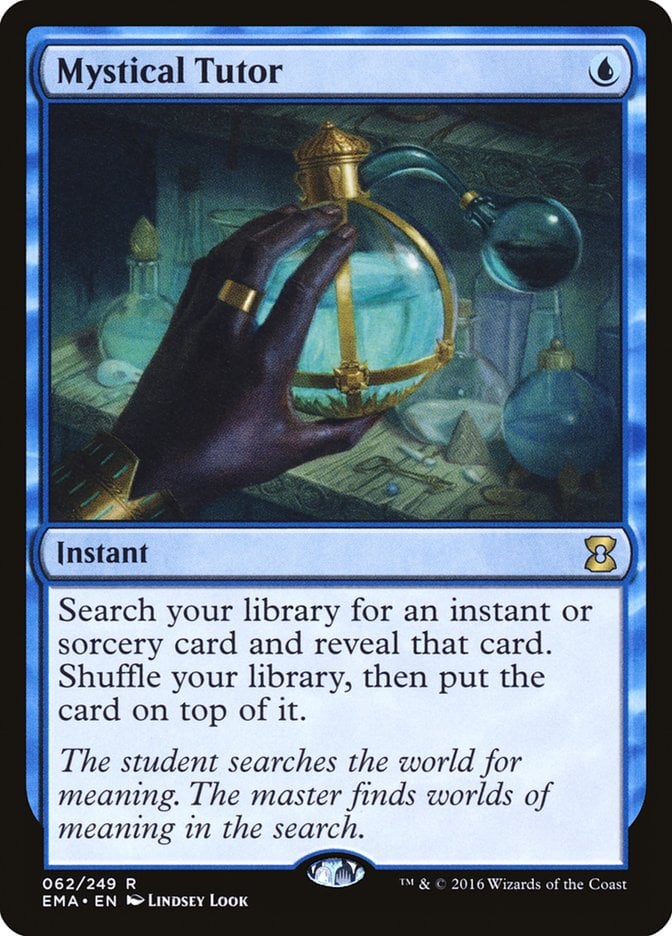
Mystical Tutor is the most common one. You’ve probably played with this card before. It consumes a draw step to actually get the card but similarly insulates the card from Duress or discard spells, which is nice. It tutors for Polymorph but can also go for protection, Dramatic Reversal, or even some card draw in Timetwister or Ponder.
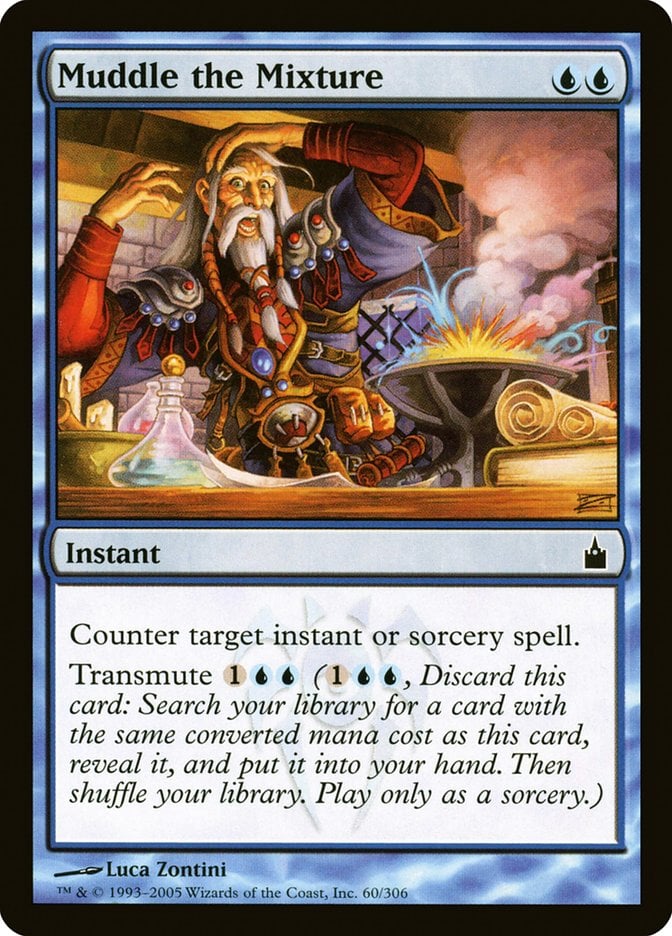
Muddle the Mixture is a tutor that finds any spell with a mana value of two. This doesn’t hit anything major but can find Grim Monolith and Power Artifact for infinite colorless, more utility-focused cards like Counterbalance, and even just another tutor up the line.
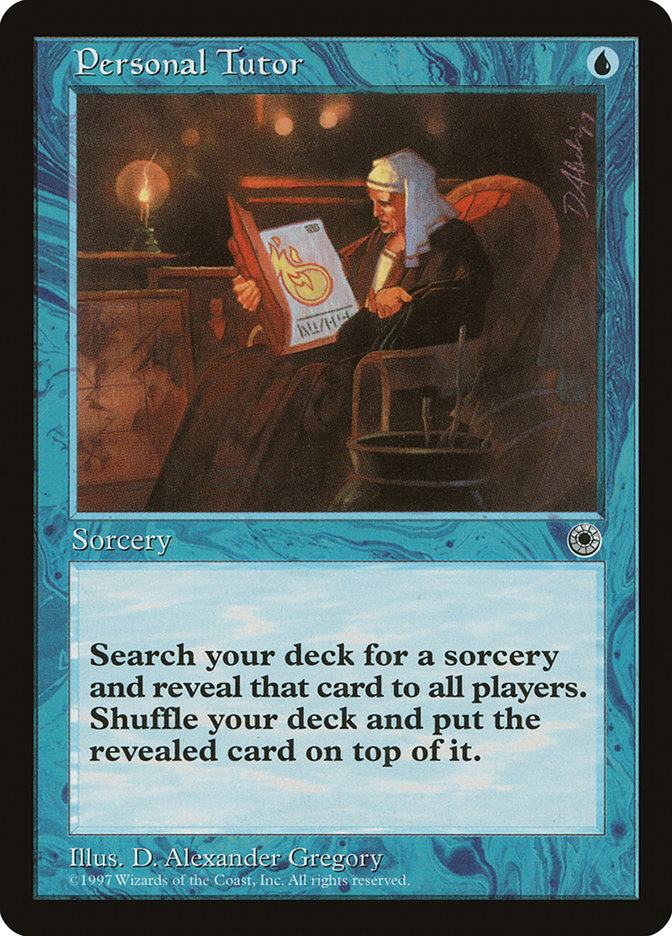
Personal Tutor is, on paper, the worst tutor in the deck. It’s sorcery speed and a more specific Mystical Tutor, but you’ll take this any day when your one-card combo is a sorcery. It can also occasionally grab a wheel, which I’ve done once or twice when hellbent.
Intuition Piles
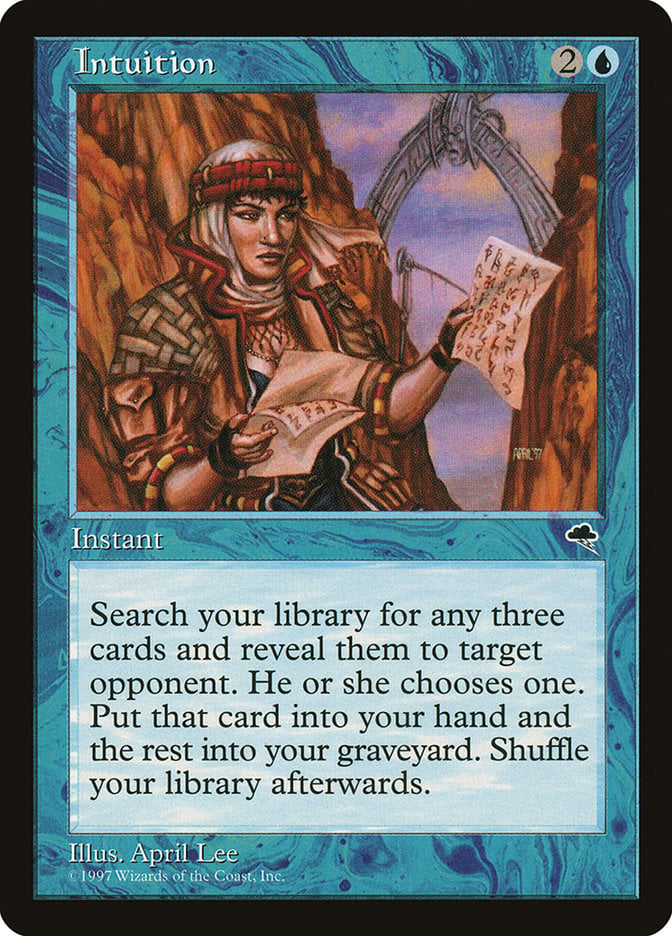
Intuition was the only tutor I left out of the previous section because it deserves a section of its own. Its efficiency comes down to having multiple cards for the same outcome, as well as using fetch lands and Mystic Sanctuary to get whatever card you want. It can also be used to make political deals for a Force of Will with a player who’ll give you whatever you want because somebody else is combo’ing off.
If, for instance, you’re going for a stax piece to slow down a turbo deck or prolong the game, then you can just Intuition for Static Orb, Winter Orb, and Trinisphere. This gives you a surefire stax piece that doesn’t affect you, regardless of whatever your opponent chooses.
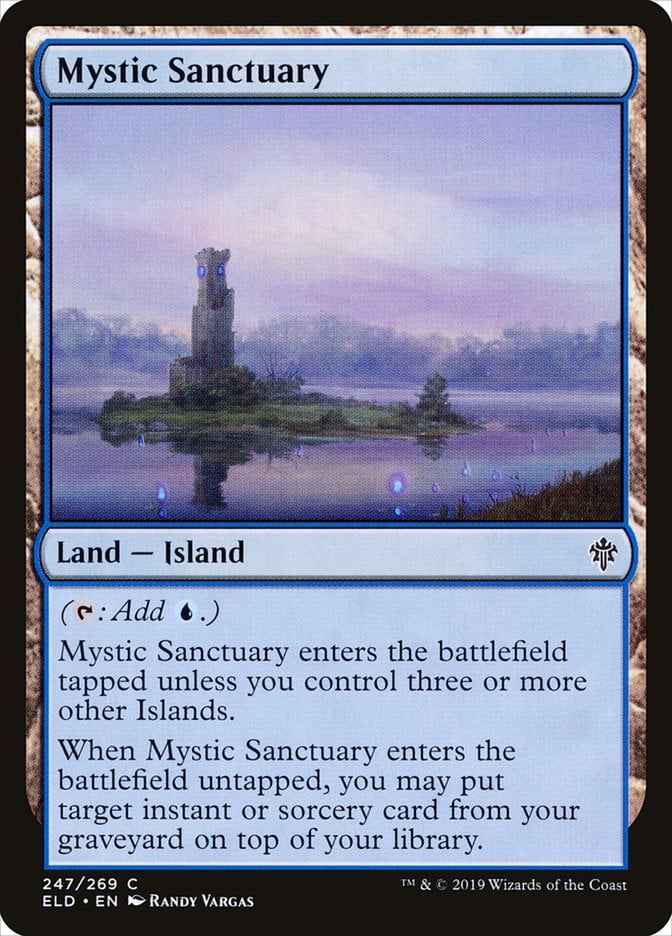
Alternately, if you’re going for a specific spell, just go for the spell plus two of any fetch lands. This allows you to either get the spell if somebody is feeling generous, or target the spell with the Mystic Sanctuary you end up tutoring for.
If you have an artifact tutor in hand then you can get Power Artifact, Merchant Scroll, and Muddle the Mixture to get one of the many other cards that combo with certain artifacts. Power Artifact goes along with Grim Monolith, Merchant Scroll gets the Dramatic Reversal for that combo, and Muddle the Mixture can transmute for either.
On the opposite side, you want to go for Transmute Artifact, Fabricate, and Whir of Invention when you have a spell that combos with an artifact.
Your wheel pile is Timetwister, Recurring Insight, and Windfall.
And your permanent-removal-package is Chain of Vapor, Cyclonic Rift, and Resculpt or your choice of Rapid Hybridization or Pongify.
Interaction
A mono-blue deck will absolutely never be short on interaction, and this deck isn’t an exception. The deck runs only one creature thanks to the Polymorph combo, which means you have 10 to 25 card slots of extra interaction that otherwise would’ve been taken up by other creatures.
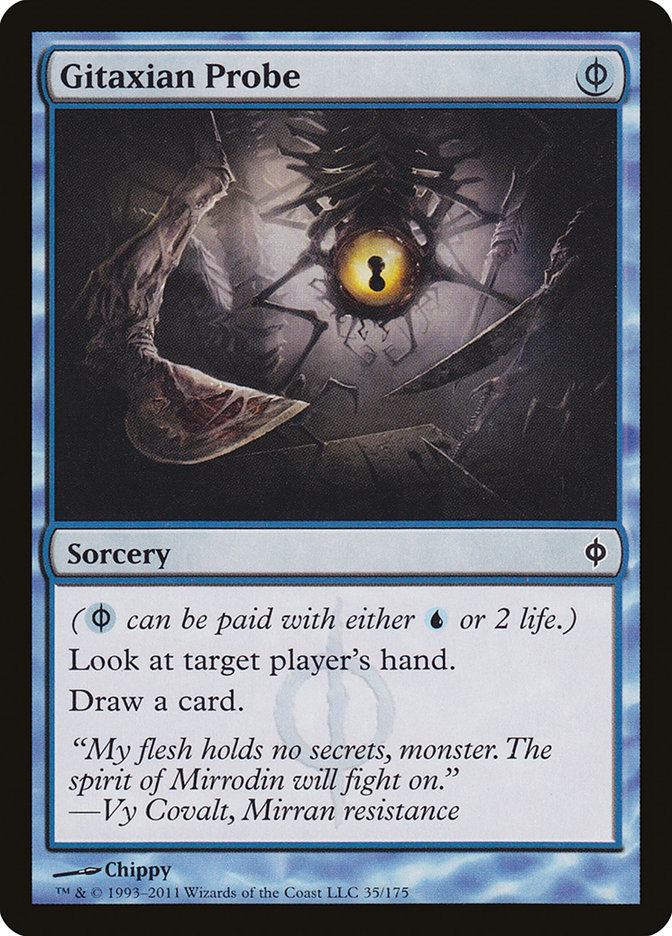
Gitaxian Probe is one of my favorite pieces. It gives you information, draws you a card, and even lets you play a little politics in terms of what information to choose to let your opponents in on.
There are, of course, plenty of counterspells in the deck. You have everything from Counterspell to Force of Will and everything in between, like Narset's Reversal. You’ll never be short on counterspells.
This deck also has access to some of the best enchantments in Commander, which are Rhystic Study, the fish (a.k.a. Mystic Remora), Back to Basics, and Counterbalance. All of these will be a thorn in your opponents’ side, and Counterbalance will be especially painful if you also have Sensei's Divining Top out.
Narset, Parter of Veils and Tezzeret the Seeker both make an appearance in this deck as the only planeswalkers. Narset is too good not to play, possibly one of the best blue cards in Commander, and Tezzeret is especially strong in this list. You can tutor out important artifacts to combo with for five mana and then still have the ability to get some extra juice out the next turn. I’ve ended up using this as a mana generator more often than a tutor, but that may just be coincidence.
Card Draw
Just like counterspells and interaction, a blue deck will never be short on card draw. The deck runs three cantrips, which I find to be a solid amount that works well given the number of fetch lands included. Those cards are Brainstorm, Ponder, and Preordain.
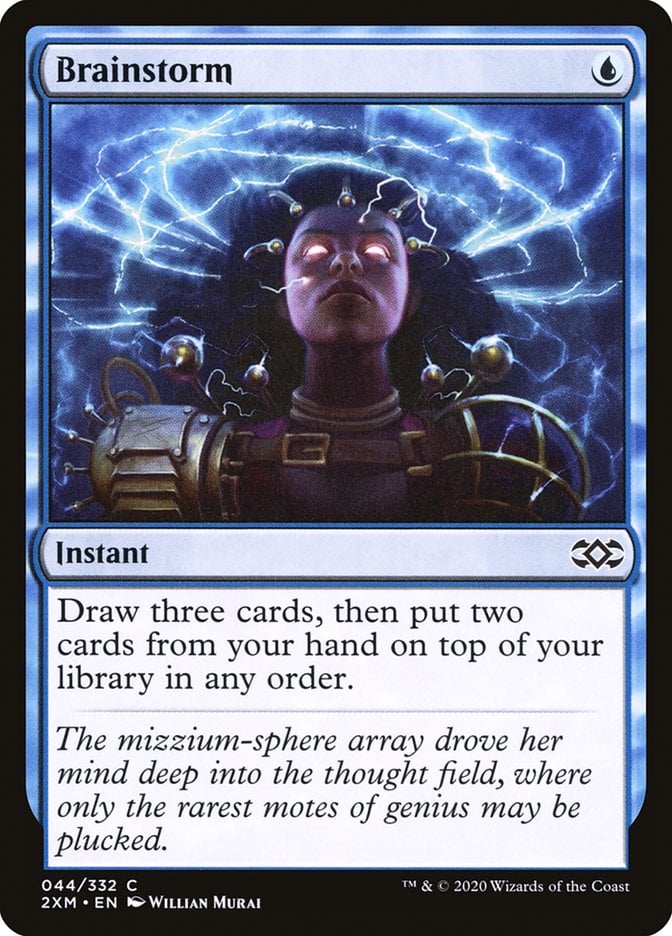
Brainstorm sees the least number of cards but gives you the ultimate selection if you have a fetch land or a way to shuffle your deck in play. It lets you get new cards while pitching cards that are dead in your hand.
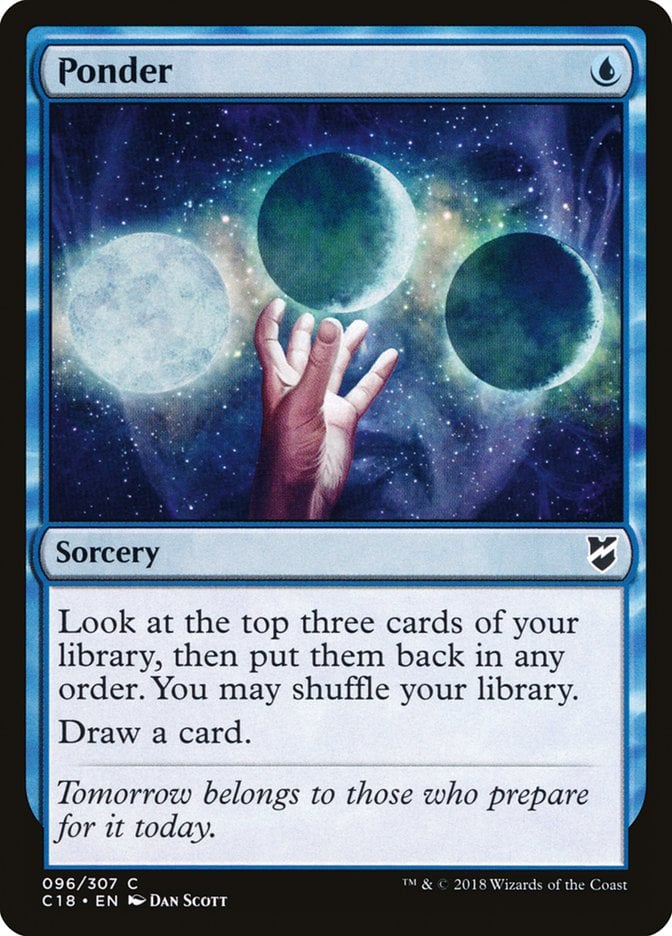
Ponder is in a similar boat to Brainstorm but gives some better selection if you don’t have a fetch land. It sees the most cards and also gives you the option to keep all of them. You can, of course, manipulate this further with any shuffle effect, keeping just one or two of the three cards it shows you.

Preordain is the best when you have no fetch lands in play. It gives you choice of one, none, or both, and that’s good enough to be included. But it doesn’t benefit from fetch lands, so sometimes you’ll be wishing it was a Brainstorm.
Two wheels and a Recurring Insight are included in the deck. This is so you can always get one off Intuition, but each has a unique purpose. Windfall is just the backup to Timetwister when it comes to needing a fresh hand, but Timetwister is specifically used for the Codex Shredder loop.
Recurring Insight isn’t a wheel but is a great card to rip off the top with Urza, Lord High Artificer, or just cast late game when you’re hellbent against an opponent with five or six cards in hand.
The Mana Base
Lands
The deck plays 30 lands, which I’ve found to be about just right given you have a mana-rock-producing commander and you’re a mono-color list. But despite that you only play 15 basics. The rest of the lands are either fetch or utility lands.
But the fetch lands are self-explanatory, so let’s focus on the utility lands. Ancient Tomb and Gemstone Caverns are great mana ramp and go well with your commander.
War Room and Cephalid Coliseum offer some much-appreciated card advantage late into the game, which comes in handy in long matches. Inventors' Fair and Urza's Saga are both great ways to get out some important artifacts early while providing extra bonuses.

Emergence Zone is one of the most important ones. It allows you to go off at instant speed, which can be critical in timing player’s tapping their mana or avoiding a Force of Negation from another player.
Mana Accelerants
This deck has more than enough mana accelerants even without Urza, Lord High Artificer in play.
Among the artifacts you have access to are Chrome Mox, Everflowing Chalice, Grim Monolith, Jeweled Amulet, Jeweled Lotus, Lotus Petal, Mana Crypt, Mox Diamond, Mana Vault, Mox Opal, and Sol Ring. That’s a lot, even for an artifact deck, and it becomes even more potent once your commander is in play.
You should always look to have one of these in your opening hand since getting Urza in play a turn or two ahead of curve is what will do the most damage to your opponents, even if it requires mulligan-ing to six at times.
The Strategy
This deck has one overarching strategy: to Polymorph a Construct token and whip out Hullbreaker Horror to combo off. It has a few alternative lines to infinite mana, but that’s the primary goal.
This can be achieved in a bunch of ways, but the easiest path is resolving Urza, Lord High Artificer to turn 0-cost artifacts into mana rocks that you can chain together with Hullbreaker Horror to go infinite. The deck is capable of quickly deploying this strategy thanks to fast mana, effective tutors, and the fact that it’s a 1-card combo.
If plans get jumbled up or prevented and the game goes long, the deck can sustain itself through potent stax pieces like Trinisphere, Back to Basics, Winter Orb, and more. These pieces either don’t affect the deck or can be “turned off” by tapping them with Urza, Lord High Artificer whenever necessary.
As for alternative lines to win, there are a few options if you end up drawing Hullbreaker Horror. The deck runs the classic combo of Isochron Scepter and Dramatic Reversal, which is very easy to turn on since you’ll have so many mana artifacts.
There’s also Grim Monolith and Power Artifact, which create infinite mana and can allow you to flip your deck with Urza the same as if it was the Hullbreaker. This line, as well as the previously mentioned Dramatic Reversal combo, are both easily tutored for.
Keepable vs. Non-Keepable Hands
I think keeping a strong hand is the most important part of piloting this deck. I’ve generated a few hands to play a little bit of “keep or mull” to help you understand the thought process behind each one.
Hand 1: Keep

This is just a great hand overall. It has two blue sources and a Sol Ring to grant you a turn 2 Urza, Lord High Artificer.
The Mana Drain provides nice protection for your Isochron Scepter early on. And the Resculpt will be good interaction until you find some other cards.
Hand 2: Mull

While this hand has some exciting cards like Polymorph, Counterbalance, and Merchant Scroll, it isn’t a keepable hand for a few reasons. The primary motivator is that there’s no second land despite having a Counterbalance and Grim Monolith in hand.
There’s also no card draw here, and the two tutors will just take up a turn when you’d want to draw a land here. This hand is too risky to take since not drawing a land for two or three turns will just kingmake somebody else.
Hand 3: Maybe

This hand is slow since it has no mana rocks other than Sapphire Medallion, but at the same time it’s a decent 3-lands 4-spells type keep. You could debate keeping this if you were playing in a pod where you knew it was going to be a long and slow game.
But otherwise it would be a mull. Especially if you’re up against a bloodpod or turbo-nas deck.
Hand 4: Keep

This hand is a keep for sure. You have a turn 2 Urza, Lord High Artificer through Mana Vault and a Personal Tutor in hand to find Polymorph. You can even go off at instant speed with Polymorph through Emergence Zone if you find another blue card, which is likely. The Lotus Petal and Mana Vault will go infinite through Hullbreaker Horror, so you have everything you need here.
Combos and Interactions
As for actually winning the game, there are a few soft and hard win conditions.
The primary way is looping Timetwister with Codex Shredder and infinite mana plus Urza, Lord High Artificer to mill your opponents to death via Windfall and Tormod's Crypt.
Then there are some soft win conditions, which usually result in a scoop from your opponents but don’t force them to lose:
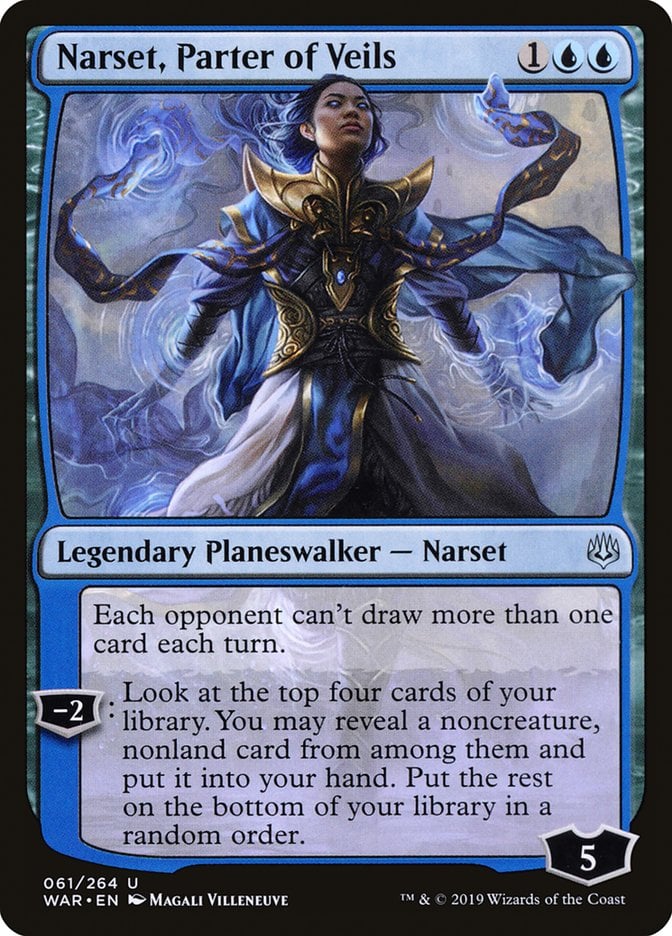
You can strip out opponents’ hands using Narset, Parter of Veils in conjunction with a wheel effect to discard their entire hands.
Create infinite 2/2 Swans with Isochron Scepter and Dramatic Reversal by imprinting Swan Song on a Copy Artifact version of Isochron Scepter.
Infinite Construct tokens by looping Chain of Vapor on Urza, Lord High Artificer. This is done similarly to looping Swan Song on a Copy Artifact version of Isochron Scepter.
Rule 0 Violations Check
Oh boy, does this deck violate Rule 0. Rule 0 is a house rule that says to “have fun” in Commander, and by extension means try to not pubstomp pods with overly tuned decks. Ideally this is done through measuring deck strength on some kind of scale and matching decks that pair well with one another. Another part of this is identifying cards or strategies that are not casual friendly, of which this deck has many.
As for rating the deck, this iteration of the list is “Max Power cEDH.” And if I had to rate this deck on a scale of 10, I’d put it around the 9.5 range. Anyway, here's a list of every possible Rule 0 violation in the book that you may need to disclose to a friend group before play:
- Cheap, effective tutors in the form of Personal Tutor.
- Power card in Timetwister.
- Free and hyper-efficient counterspells like Force of Negation, Force of Will, and Fierce Guardianship.
- Infinite combos, both mana-generating and plenty of outlets to use them on.
- Cheap and often free mana rocks beyond Sol Ring including Mana Crypt, Mox Opal, Chrome Mox, Mox Diamond, Grim Monolith, and Mana Vault.
Budget Options
This deck, unfortunately, does not have much room in the budget department. The list is very tight and most of its power and possibility comes from expensive and powerful cards like Grim Monolith or Copy Artifact.
But if you’re absolutely dead set on playing this build on the cheap then Mana Crypt, the forces, Grim Monolith, and Power Artifact are where you can go. Timetwister is basically unobtainable anyhow, so you’ll have to be fine with proxying this almost all the time.
Other Builds
While artifacts are always going to be the way to go with Urza, Lord High Artificer, you don’t need to play this iteration of a combo list. A generic mono-blue artifacts build that wants to out-value its opponents in the long game is certainly powerful, and something that will be much cheaper (and maybe more fun) in the long run.
Just remove the combo part, keep the cheerio and counterspell shell, and add in more artifact-tribal cards. That can be as simple as cards like Thoughtcast and Thought Monitor, or as powerful as something like Jin-Gitaxias, Progress Tyrant.
Commanding Conclusion
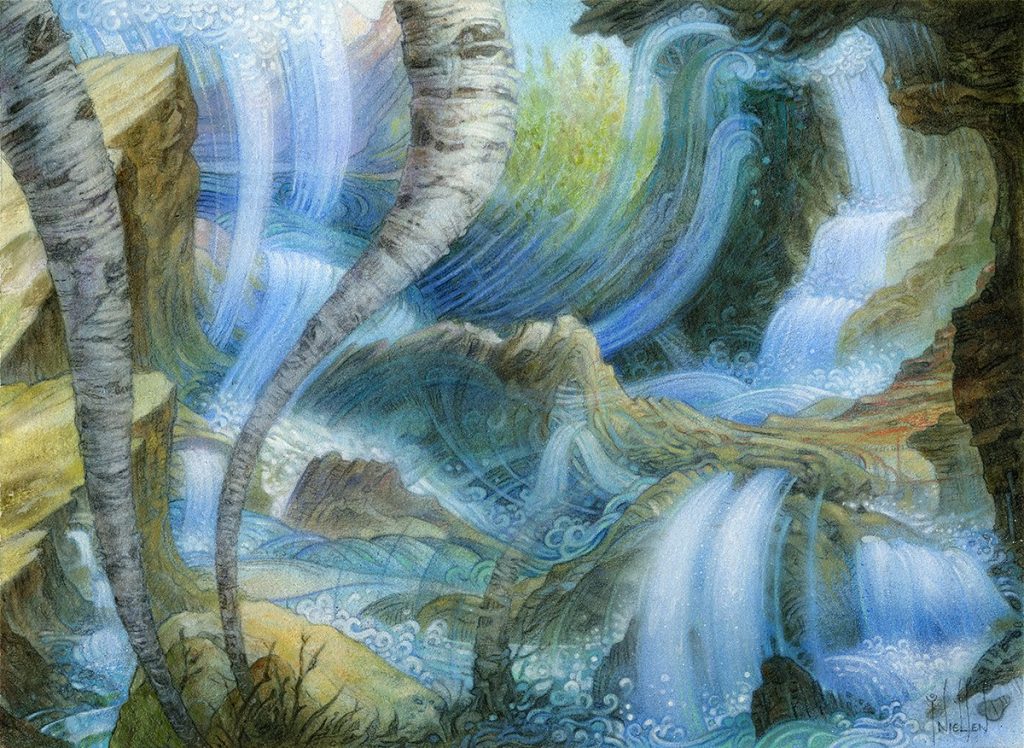
Back to Basics | Illustration by Terese Nielsen
With that we’ve covered everything there is to know about Urza, Lord High Artificer in the cEDH realm! I really hope you enjoyed the list. I certainly have enjoyed playing and writing about it in recent weeks. This is one of the most fun and thought-provoking cEDH decks I’ve played and is certainly my list of favorites.
I want to hear your thoughts, too. Let me know what you think down in the comments or over in the official Draftsim Discord. Think mono-blue is the clean way to go, or maybe that it’s too narrow and misses out on a lot of value? I want to hear it.
Until next time, stay safe and stay healthy!
Follow Draftsim for awesome articles and set updates:
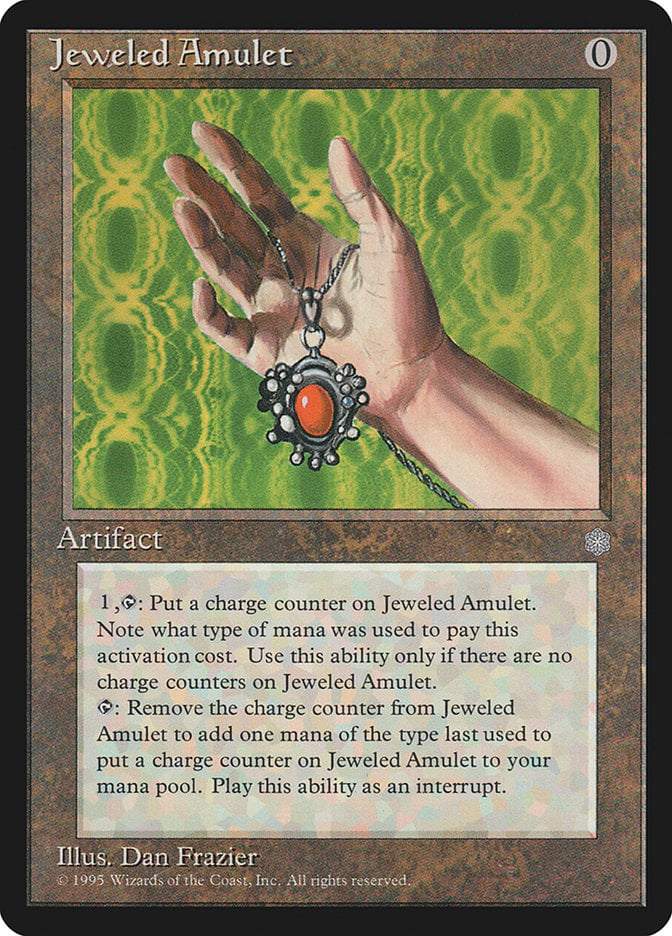
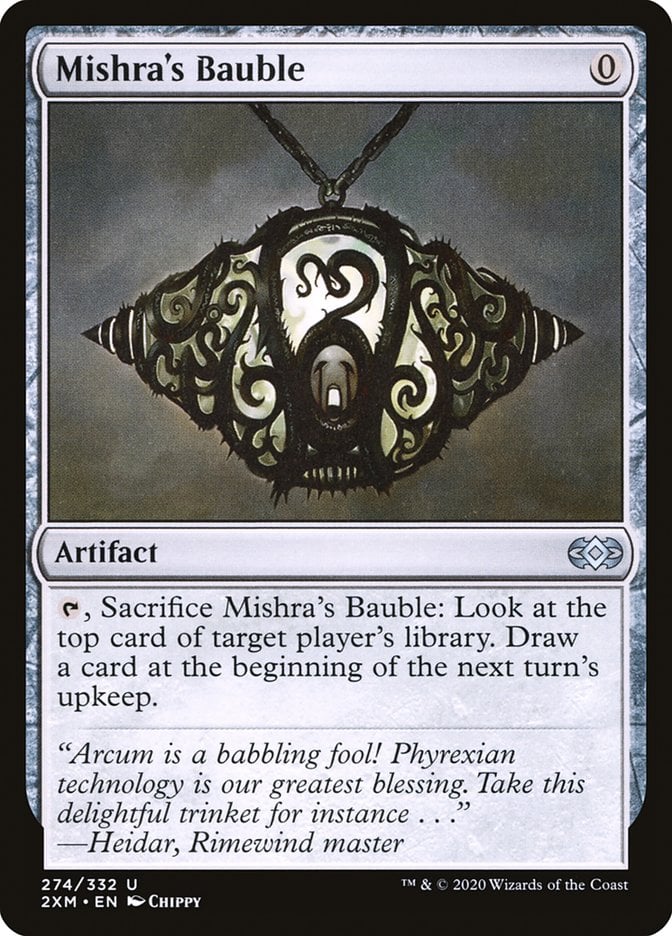

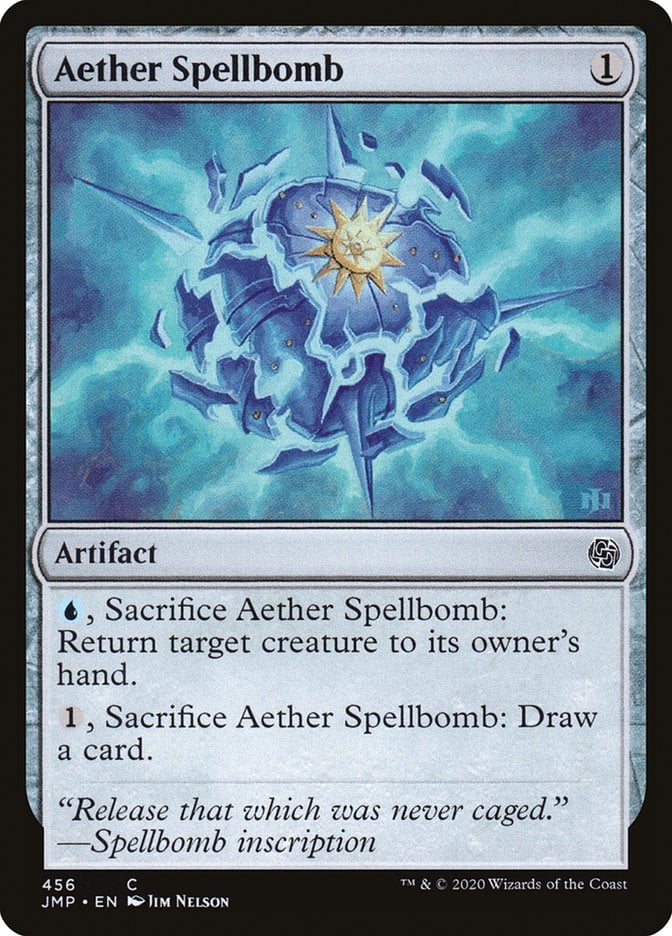
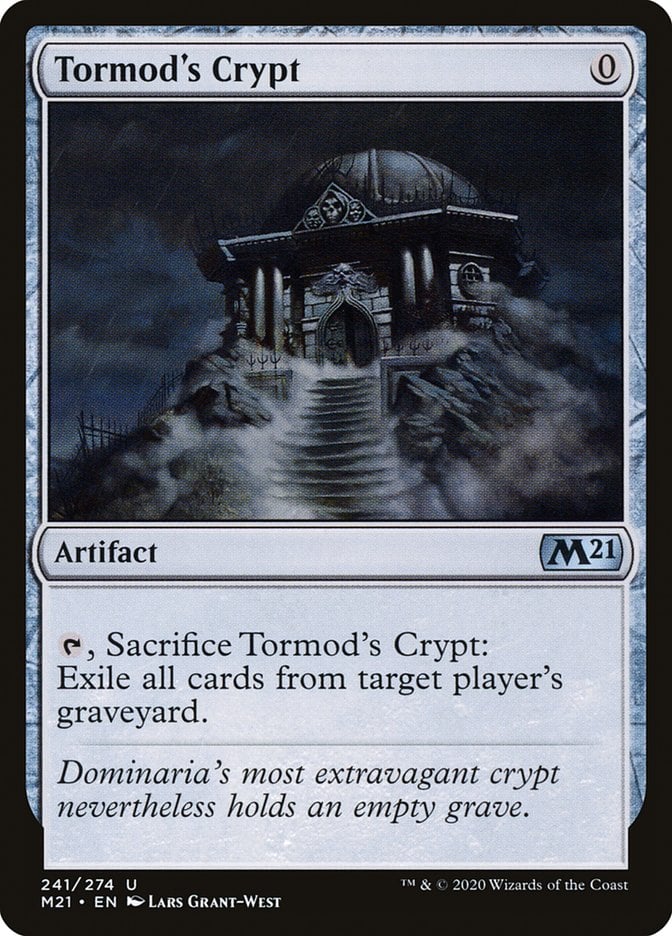
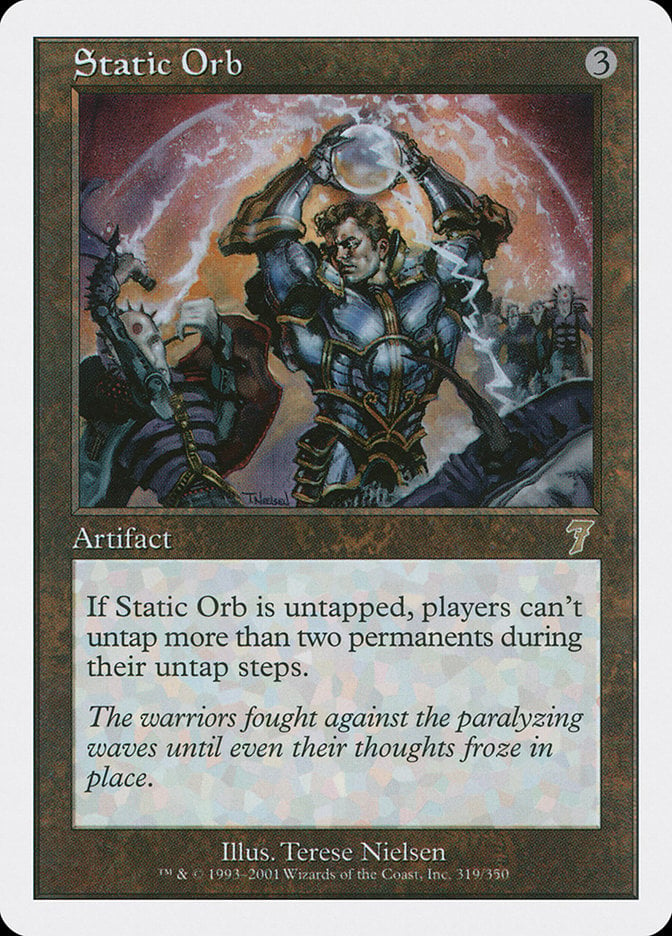

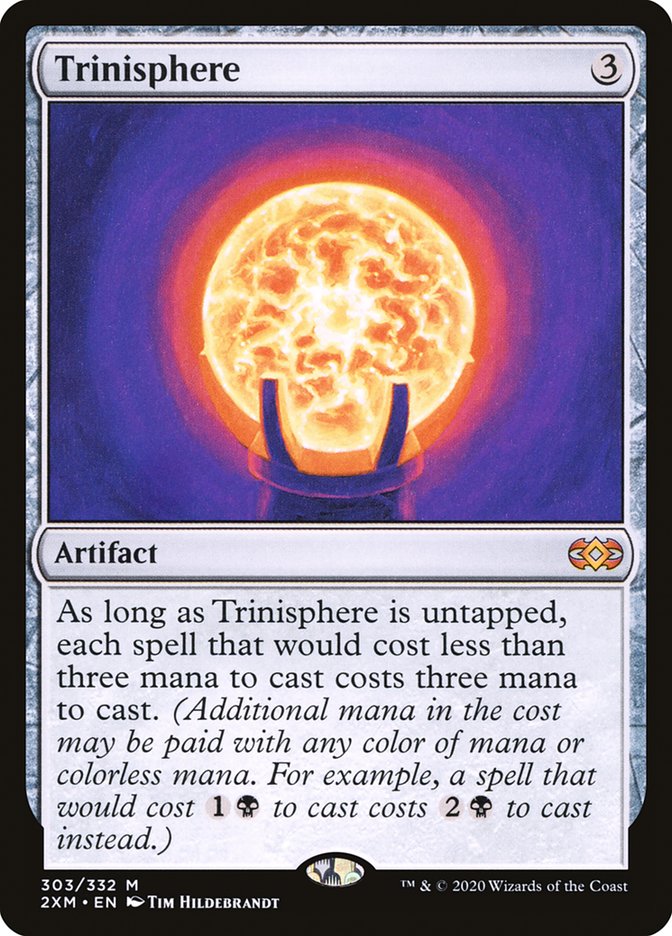
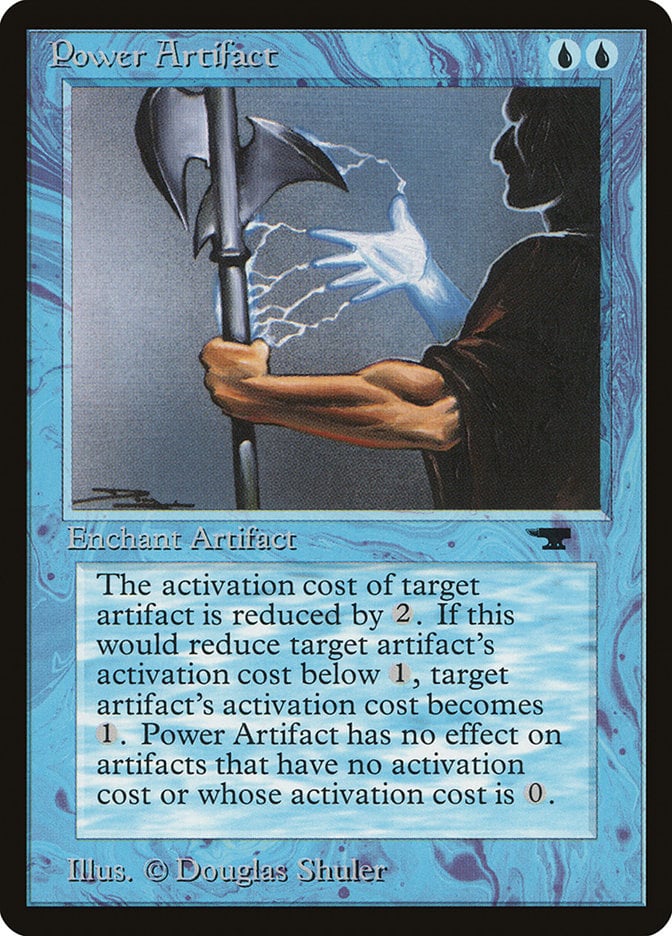
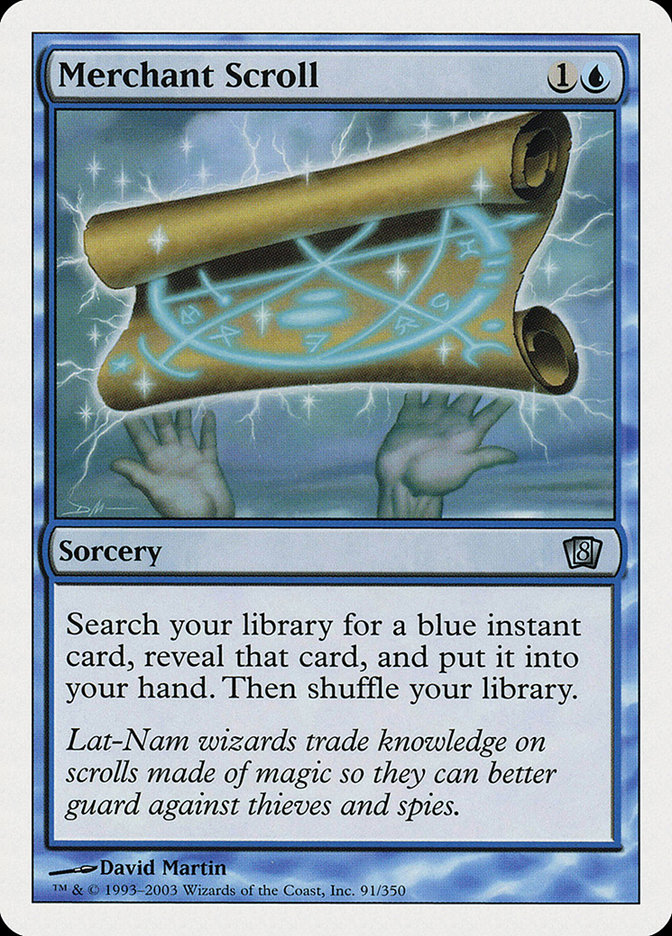
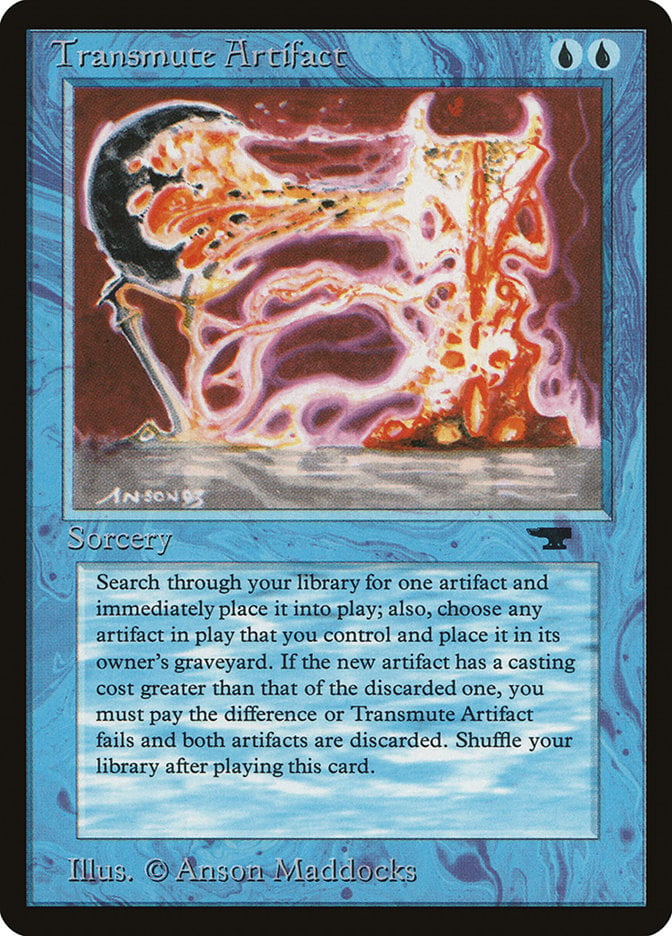
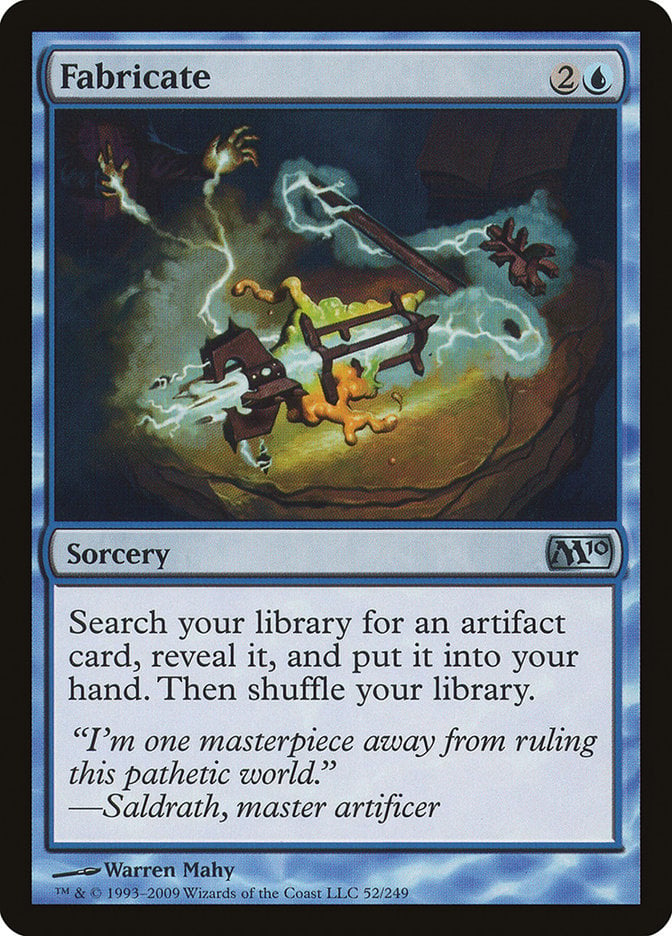
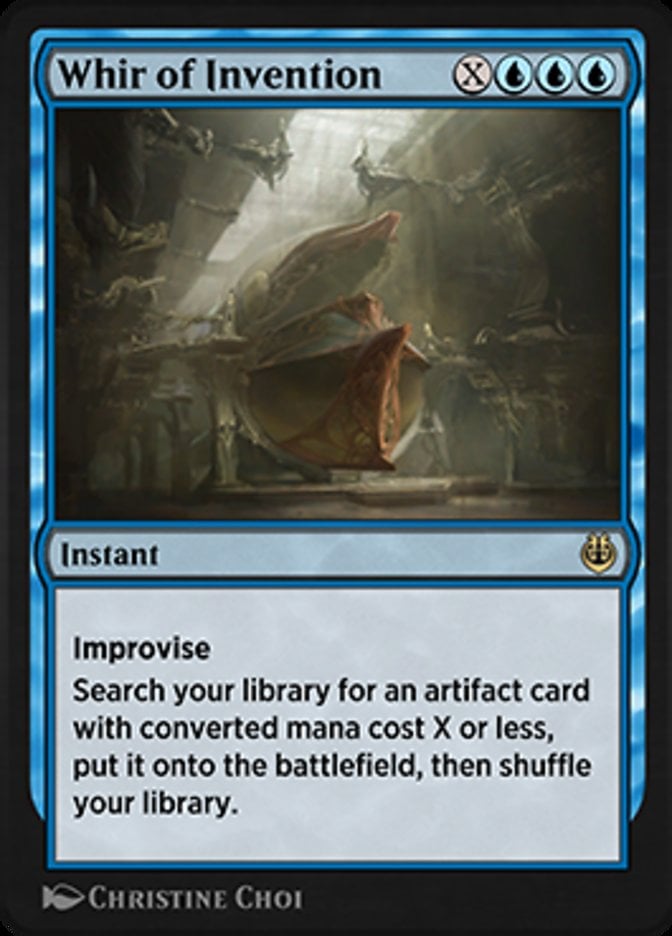
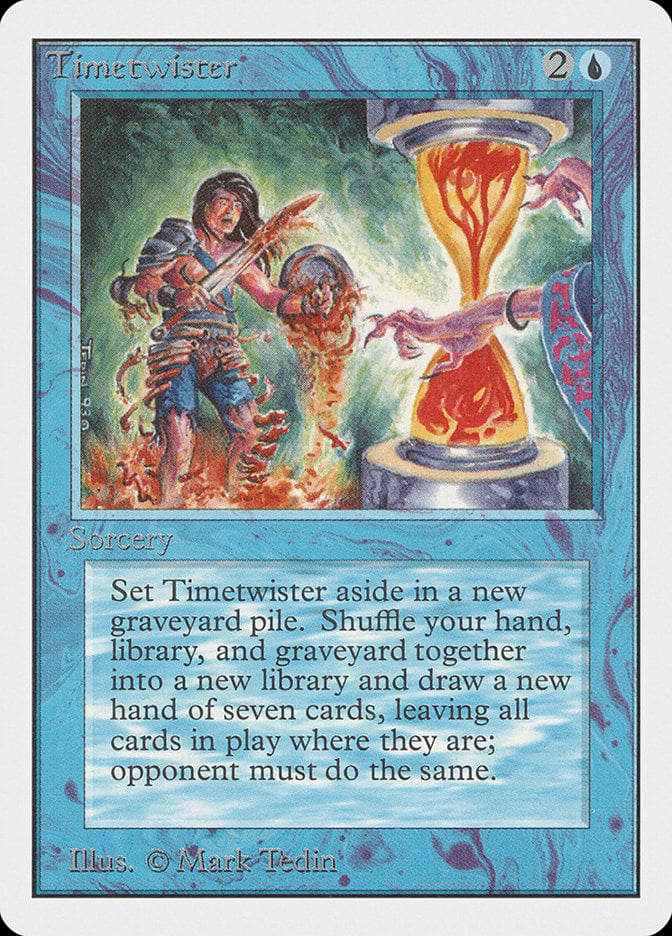

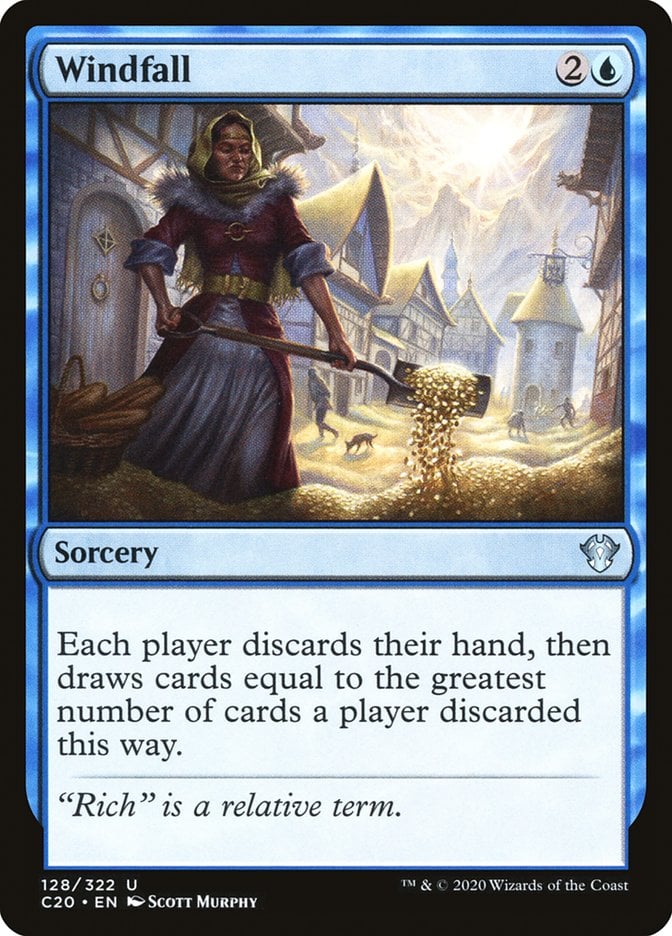
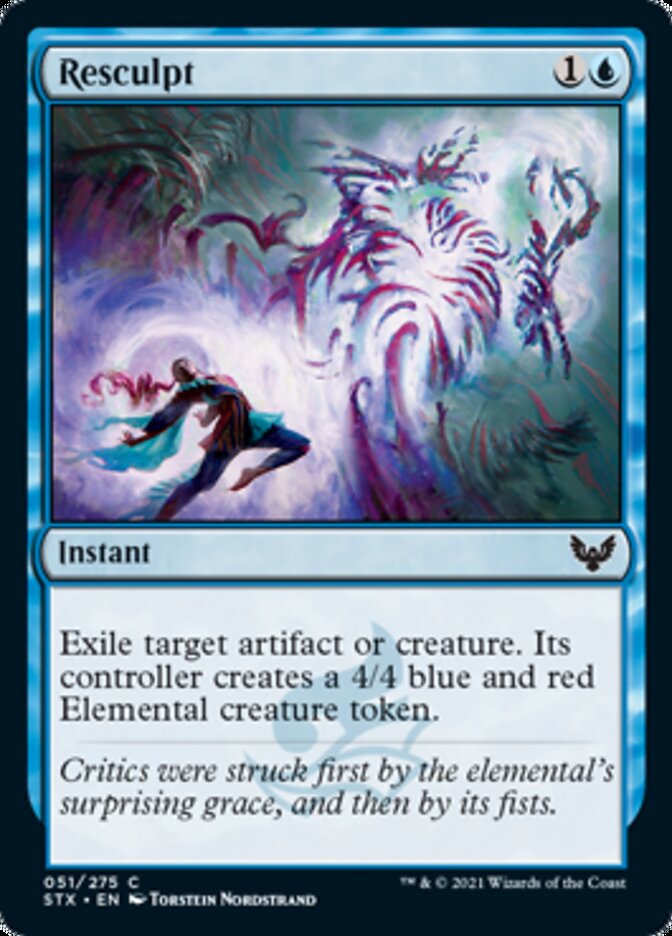
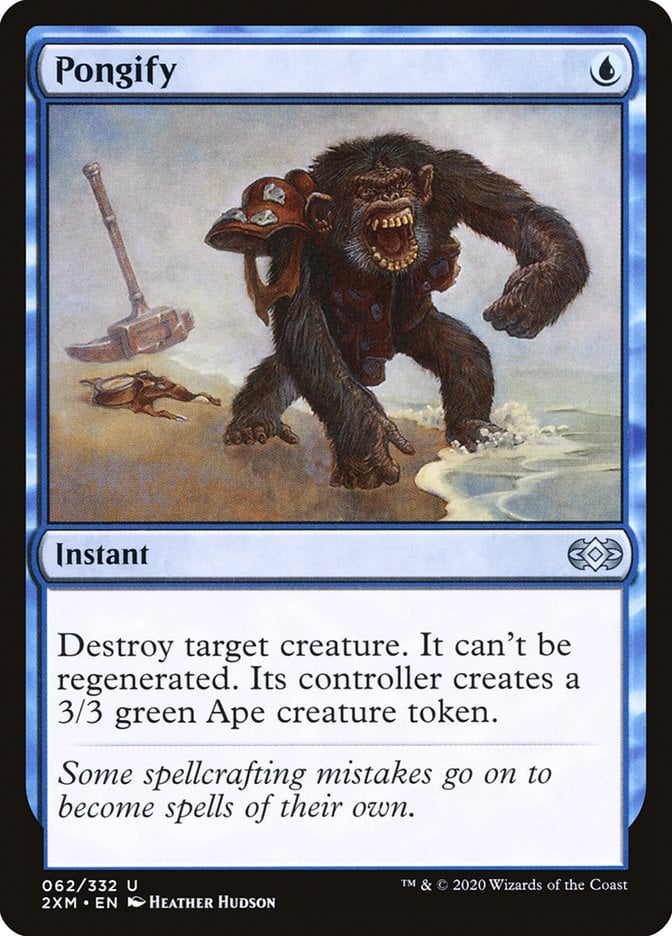
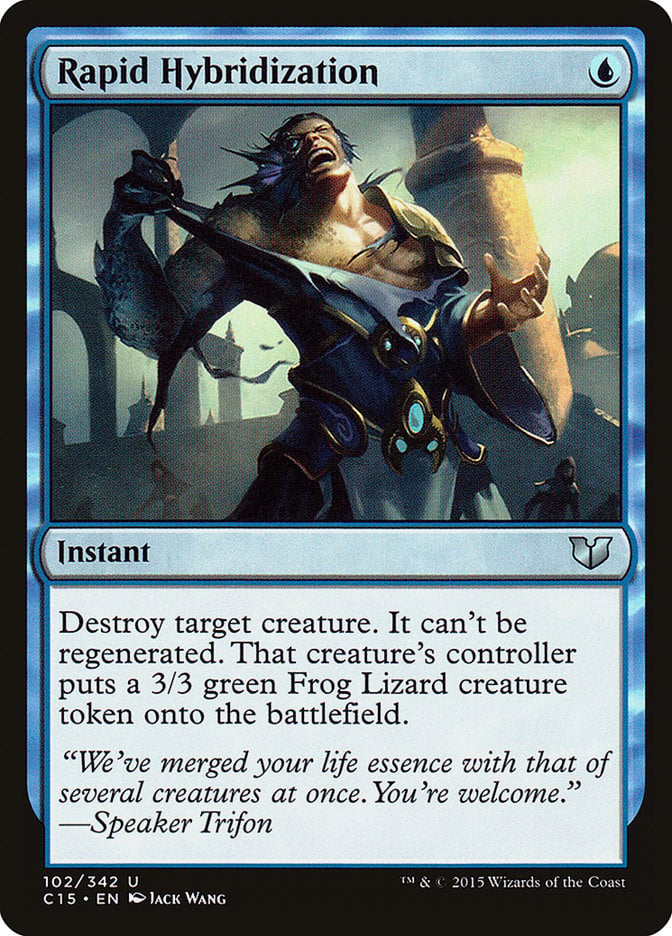
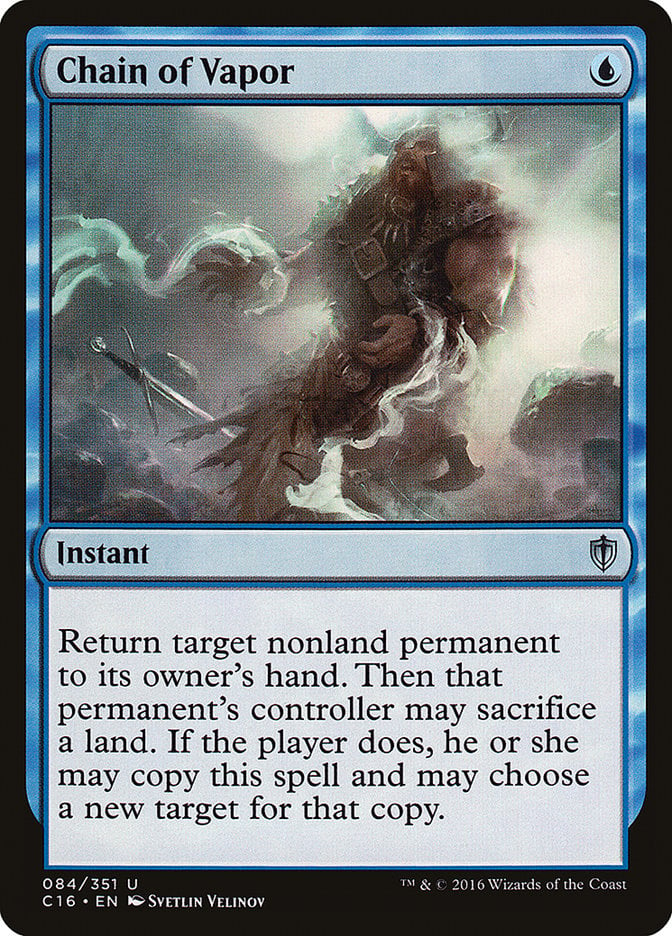
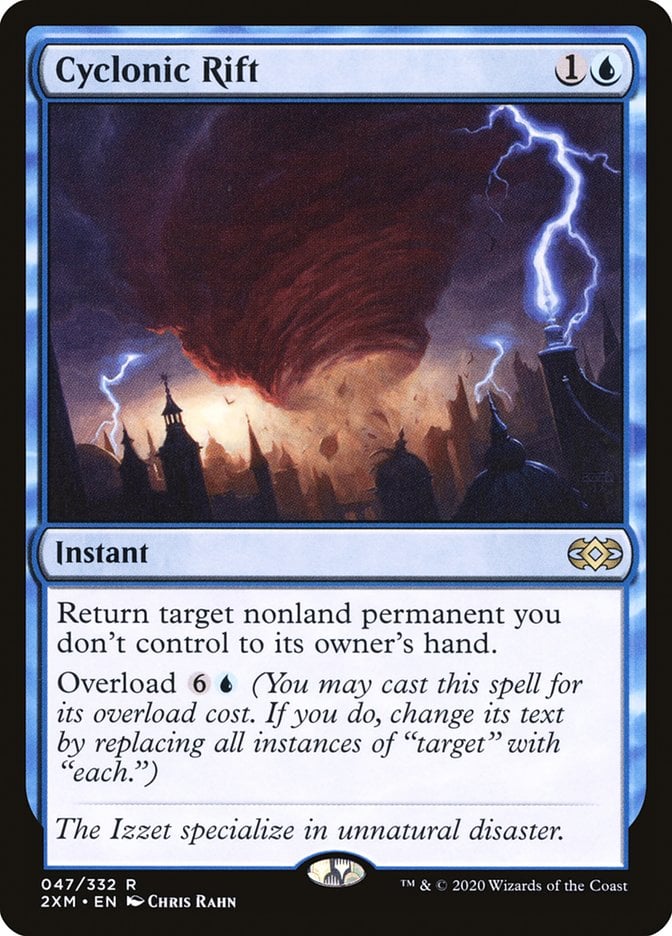
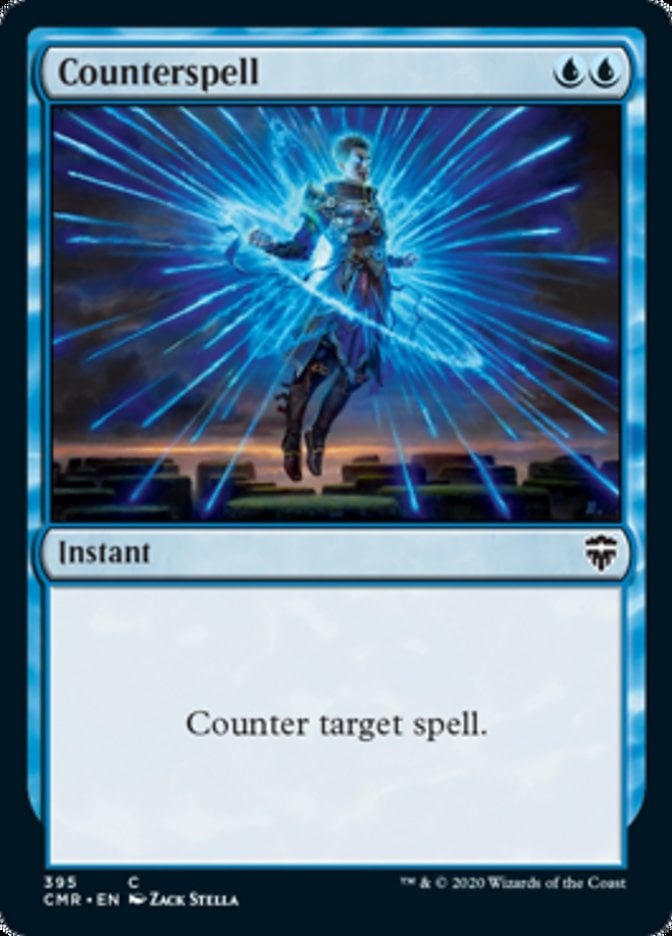
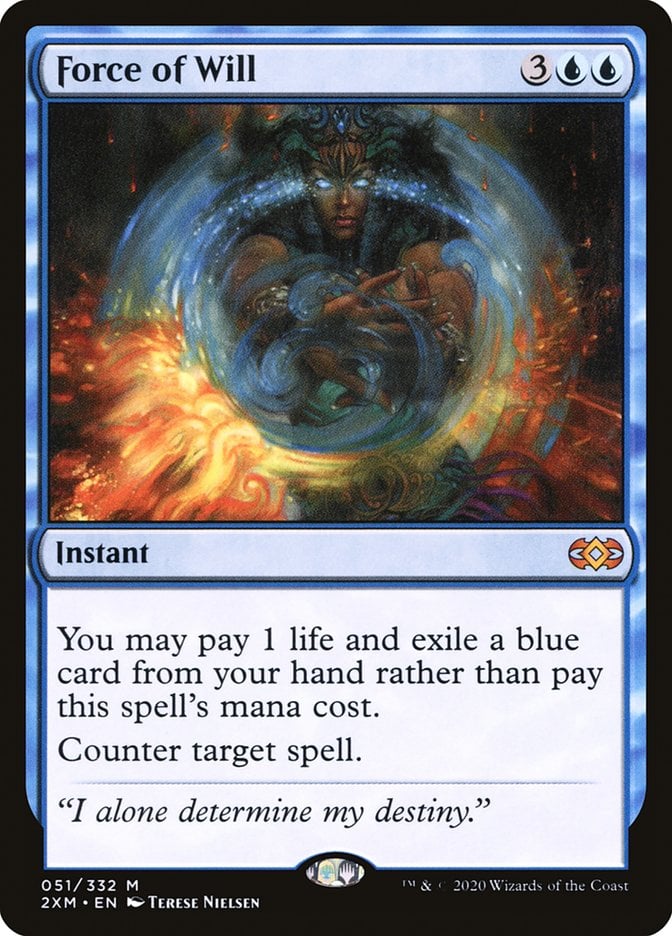
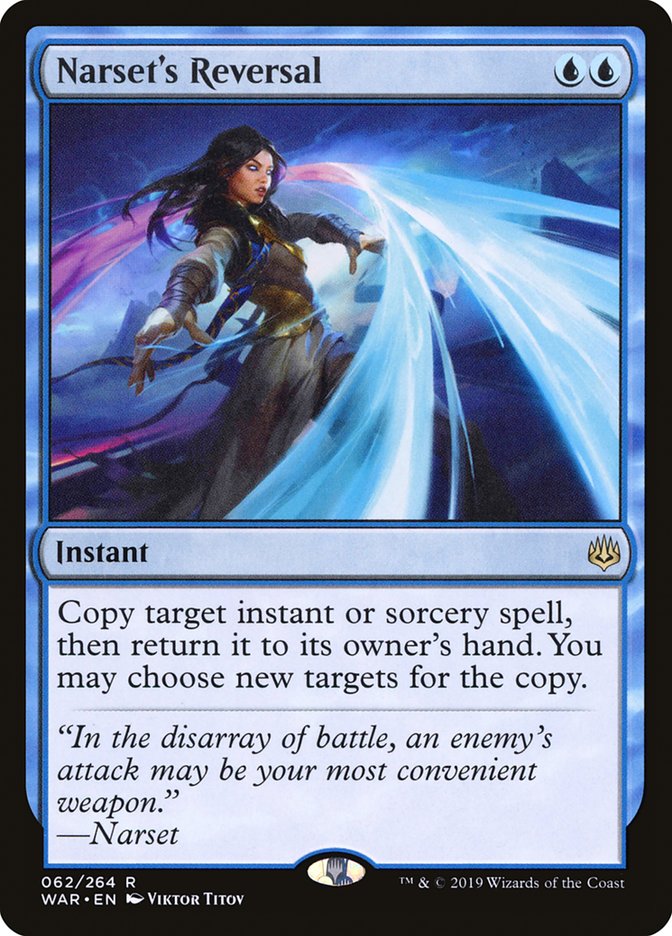
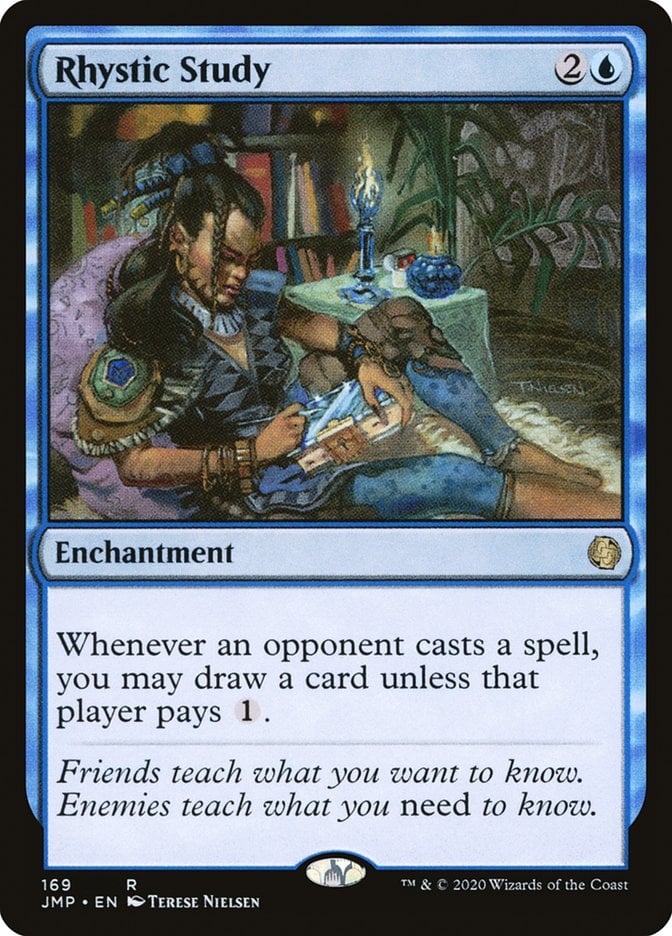
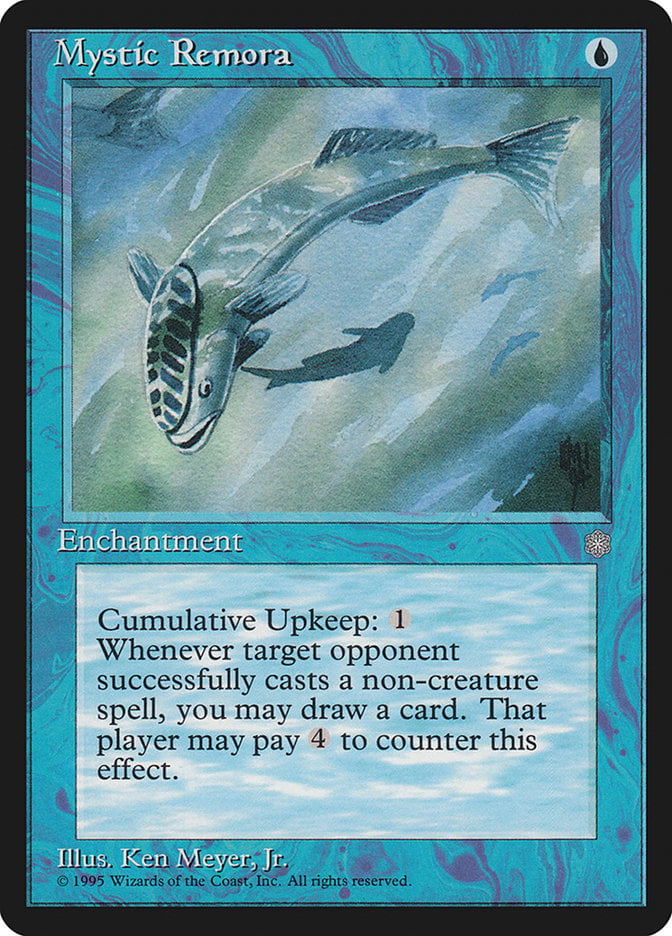
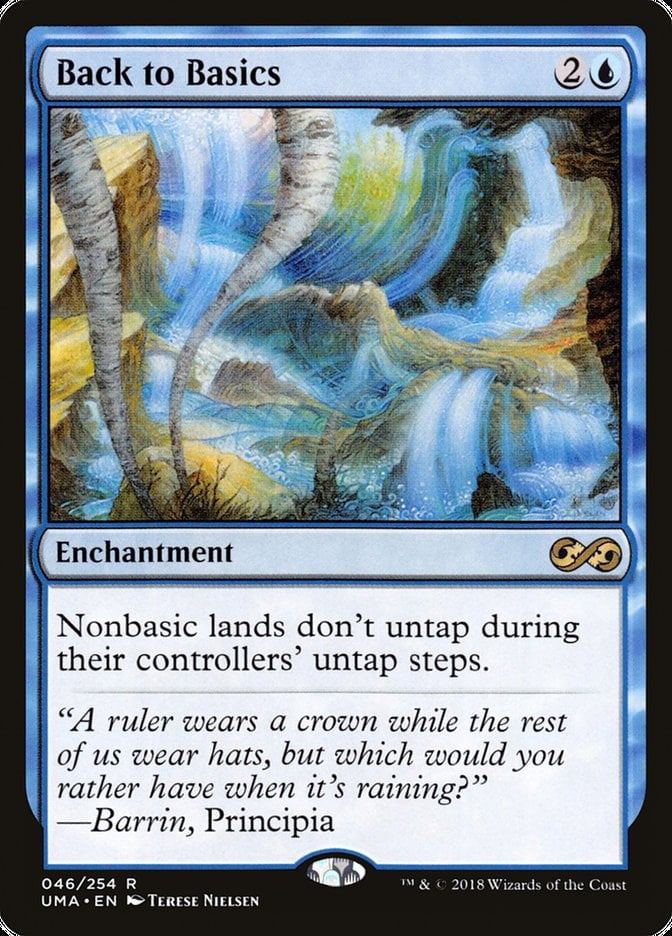
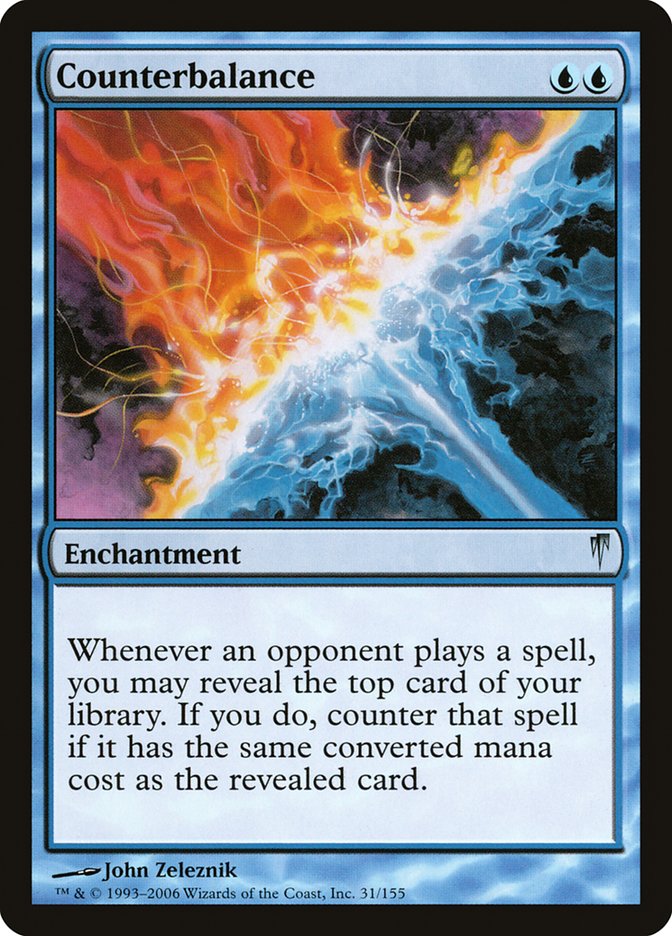
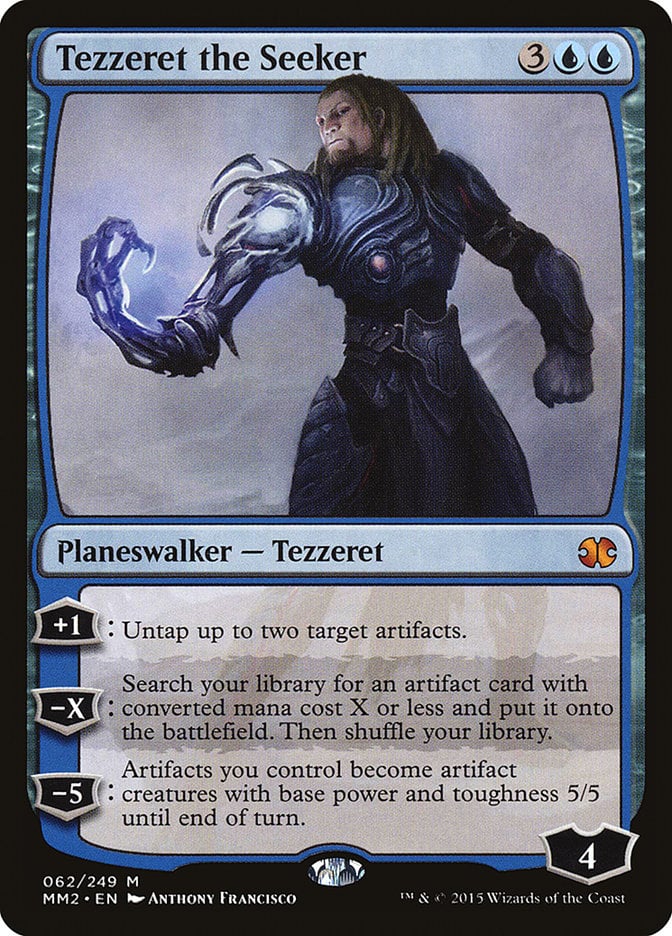

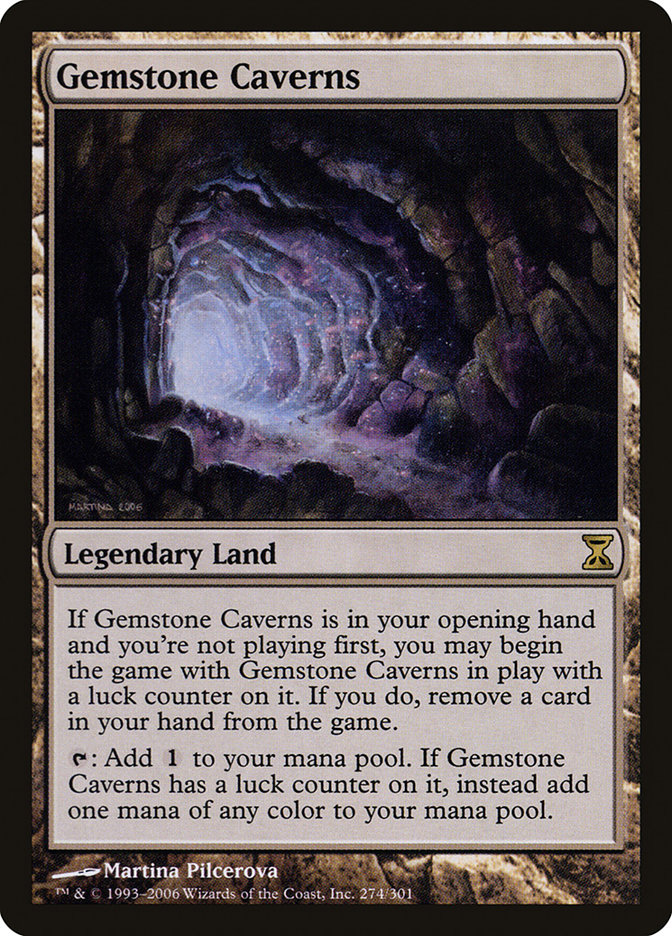
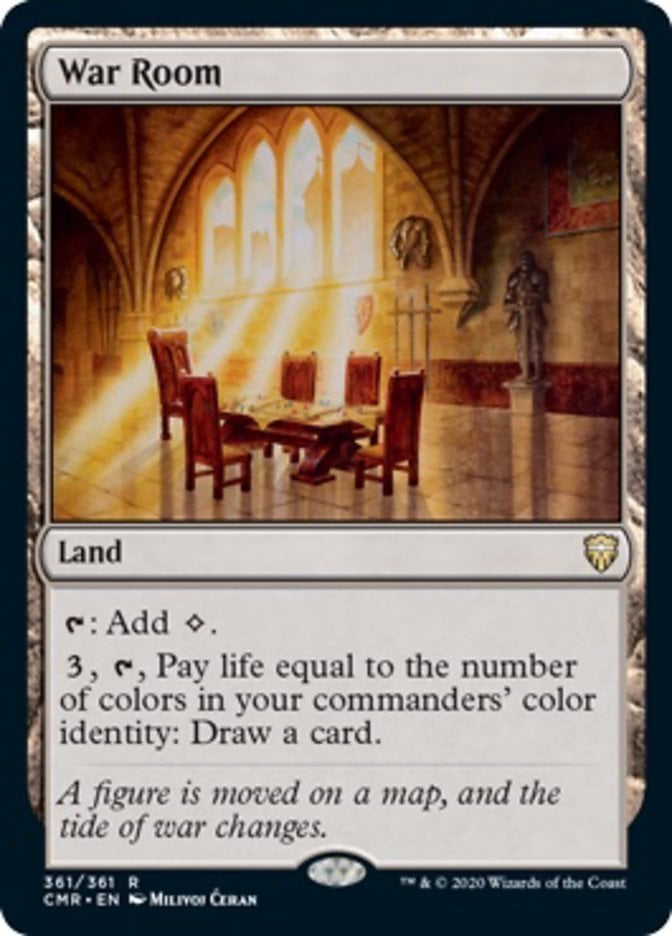


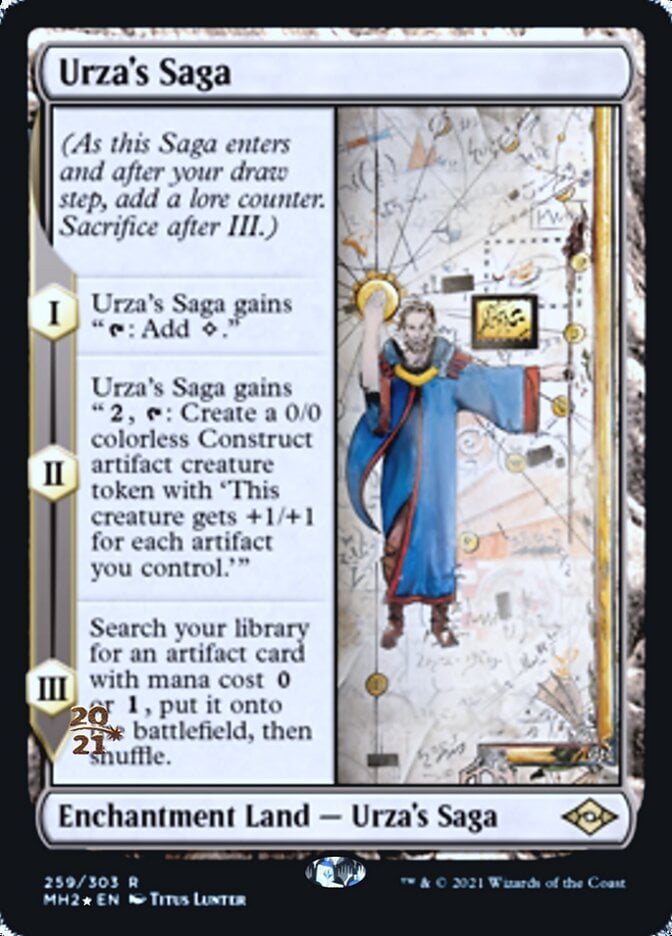
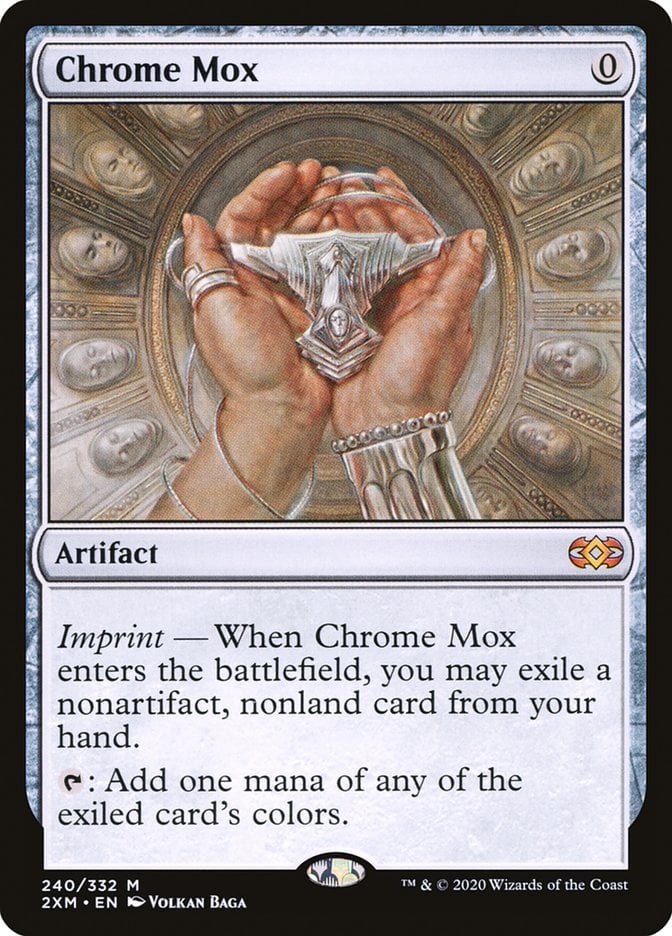
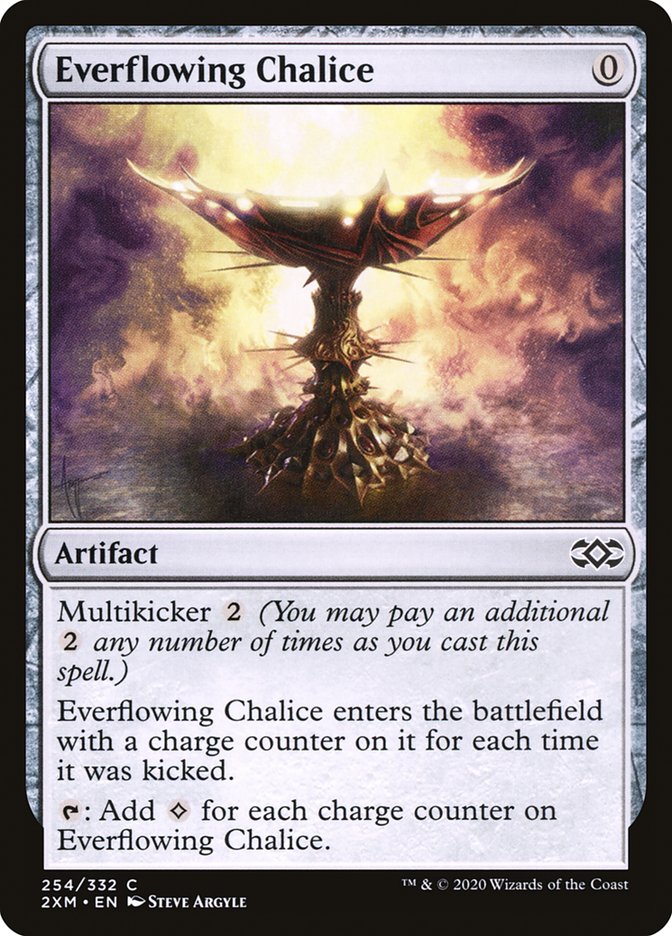
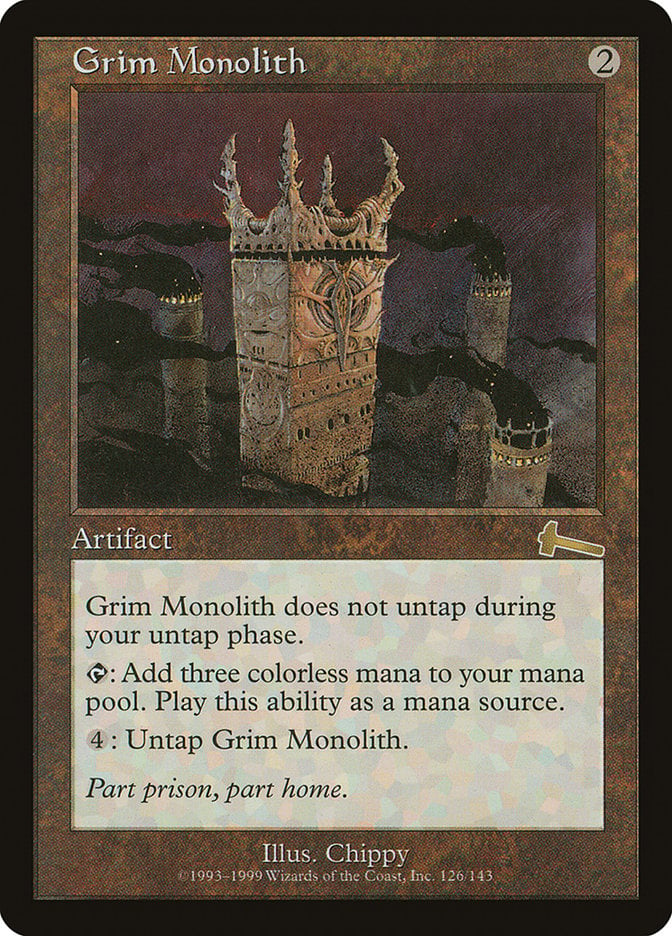
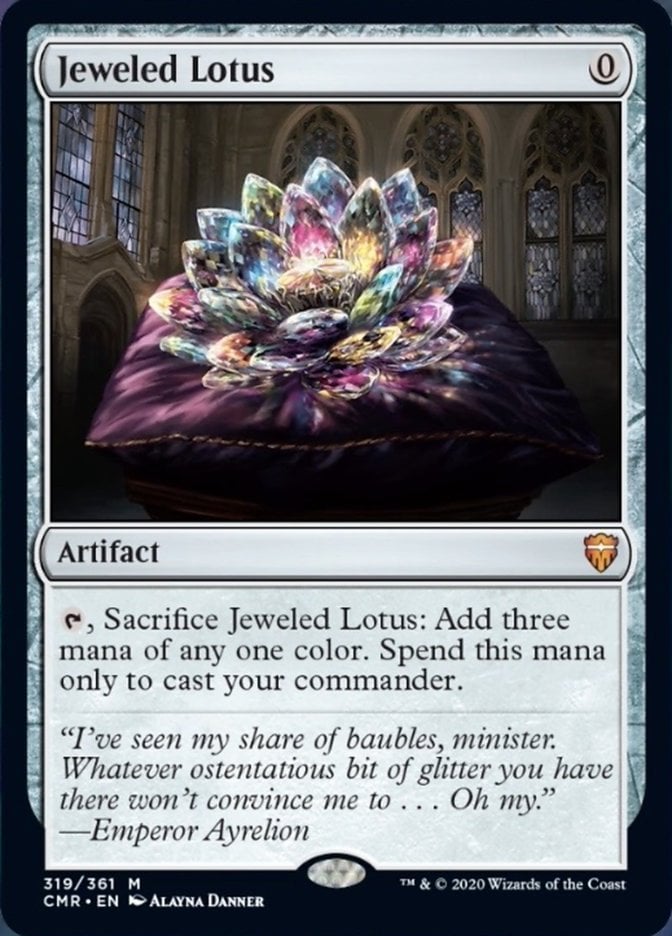
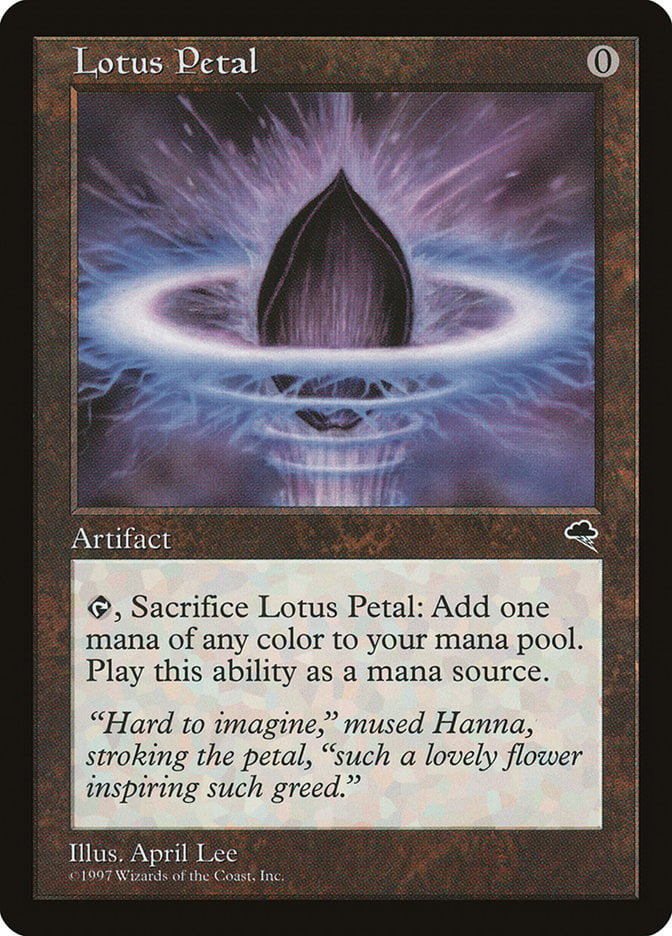


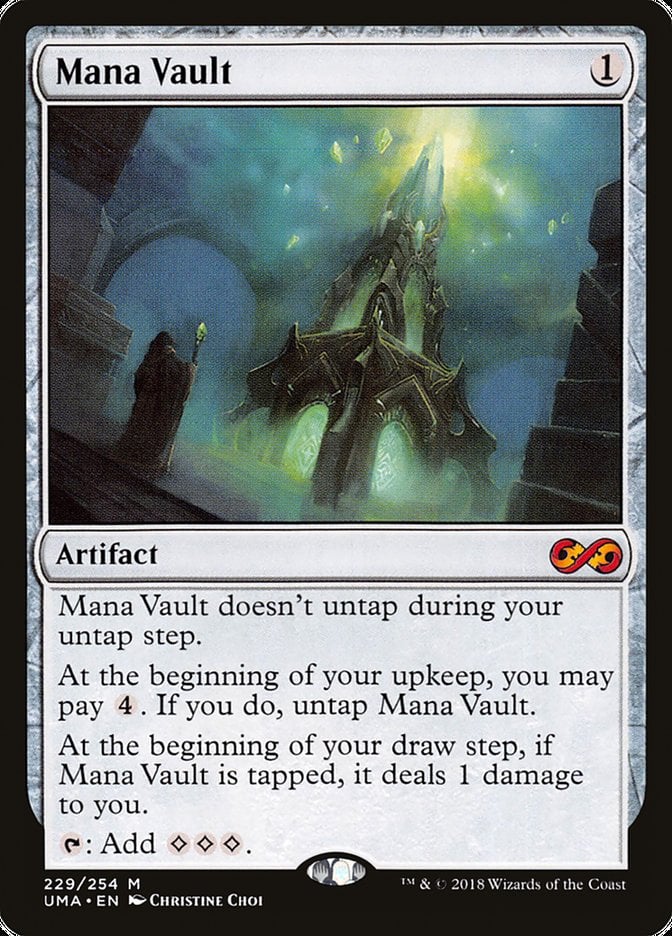
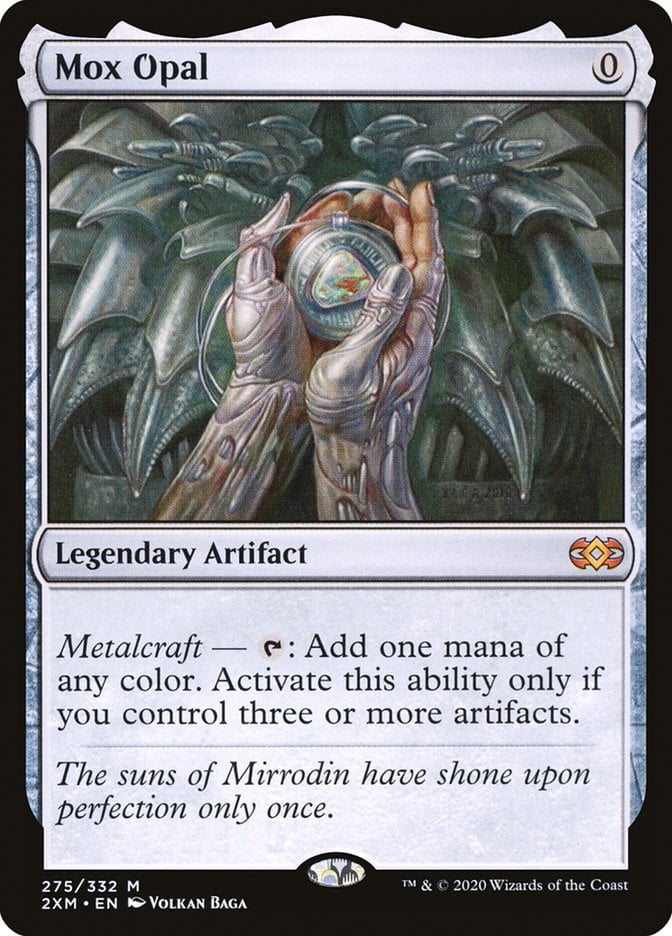



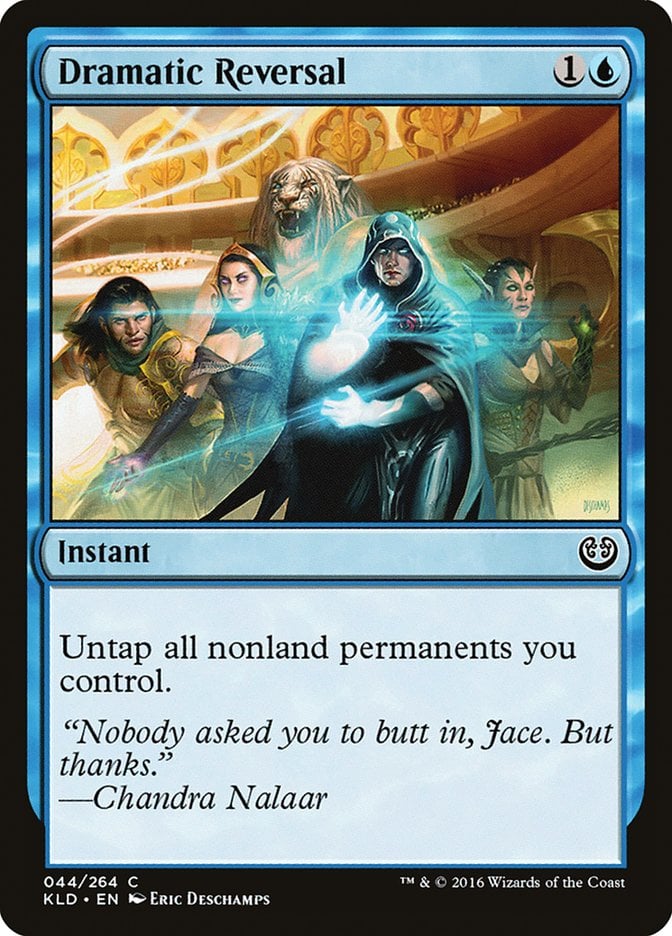
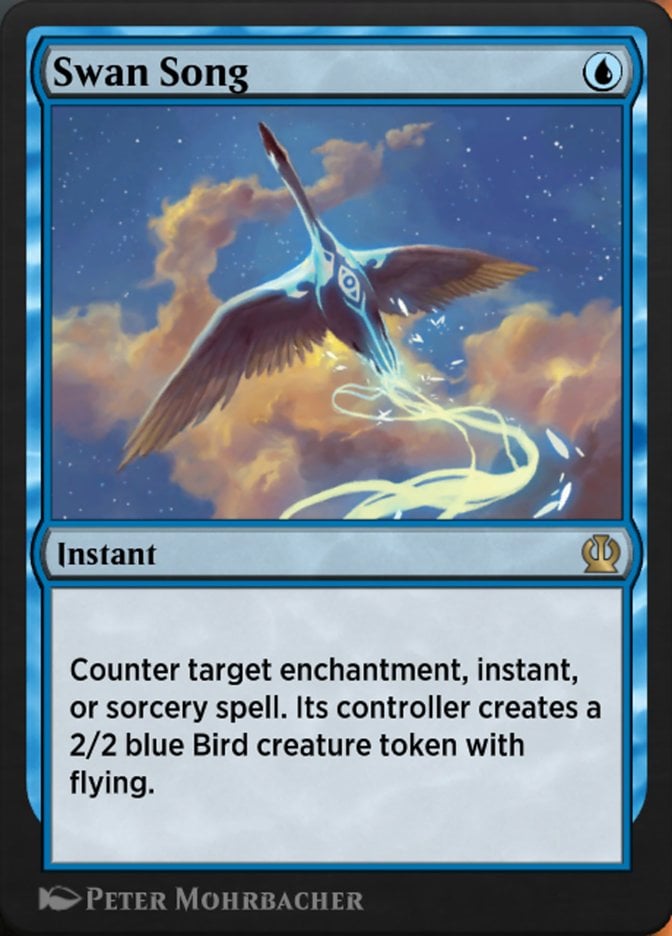
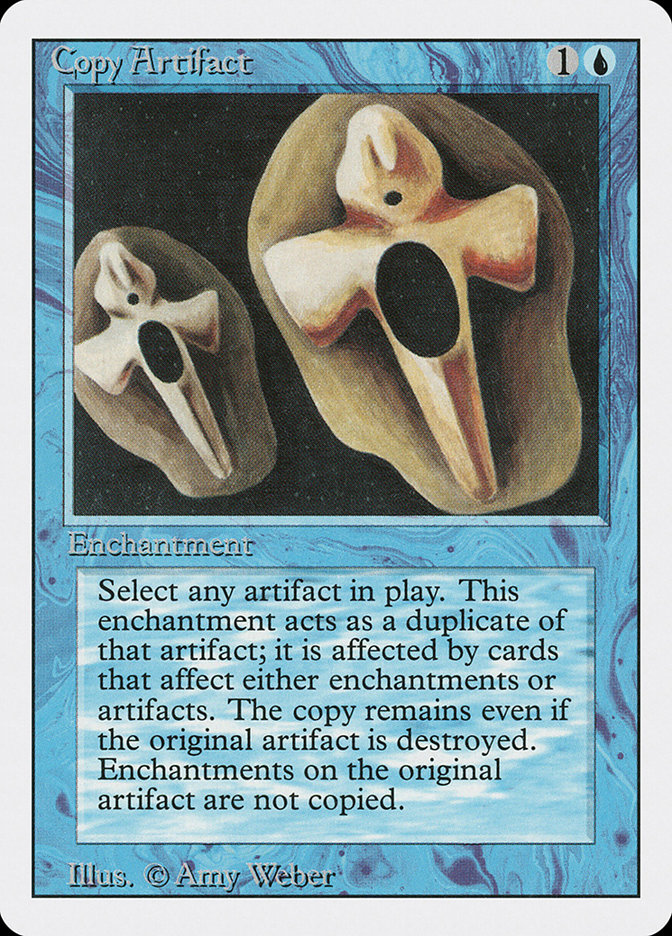

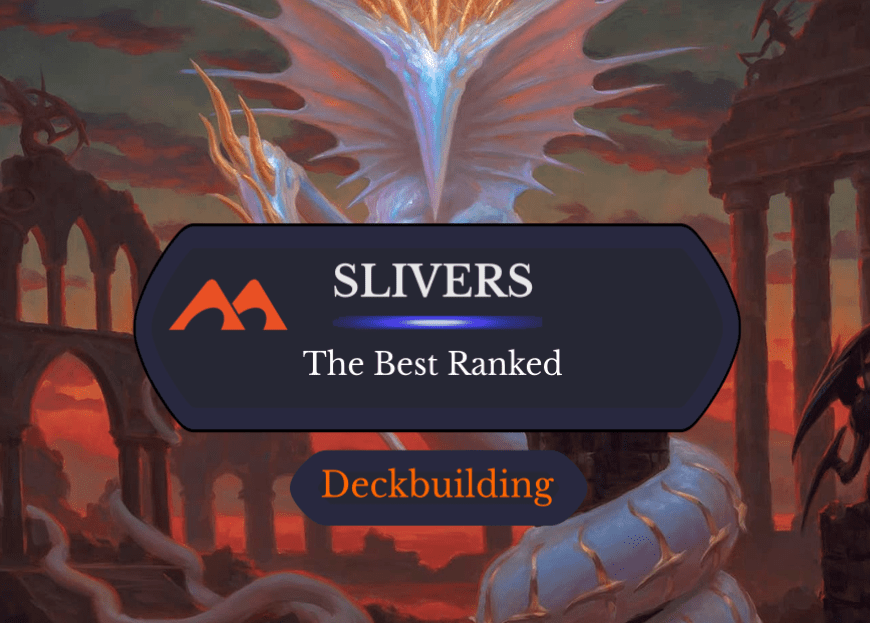
Add Comment